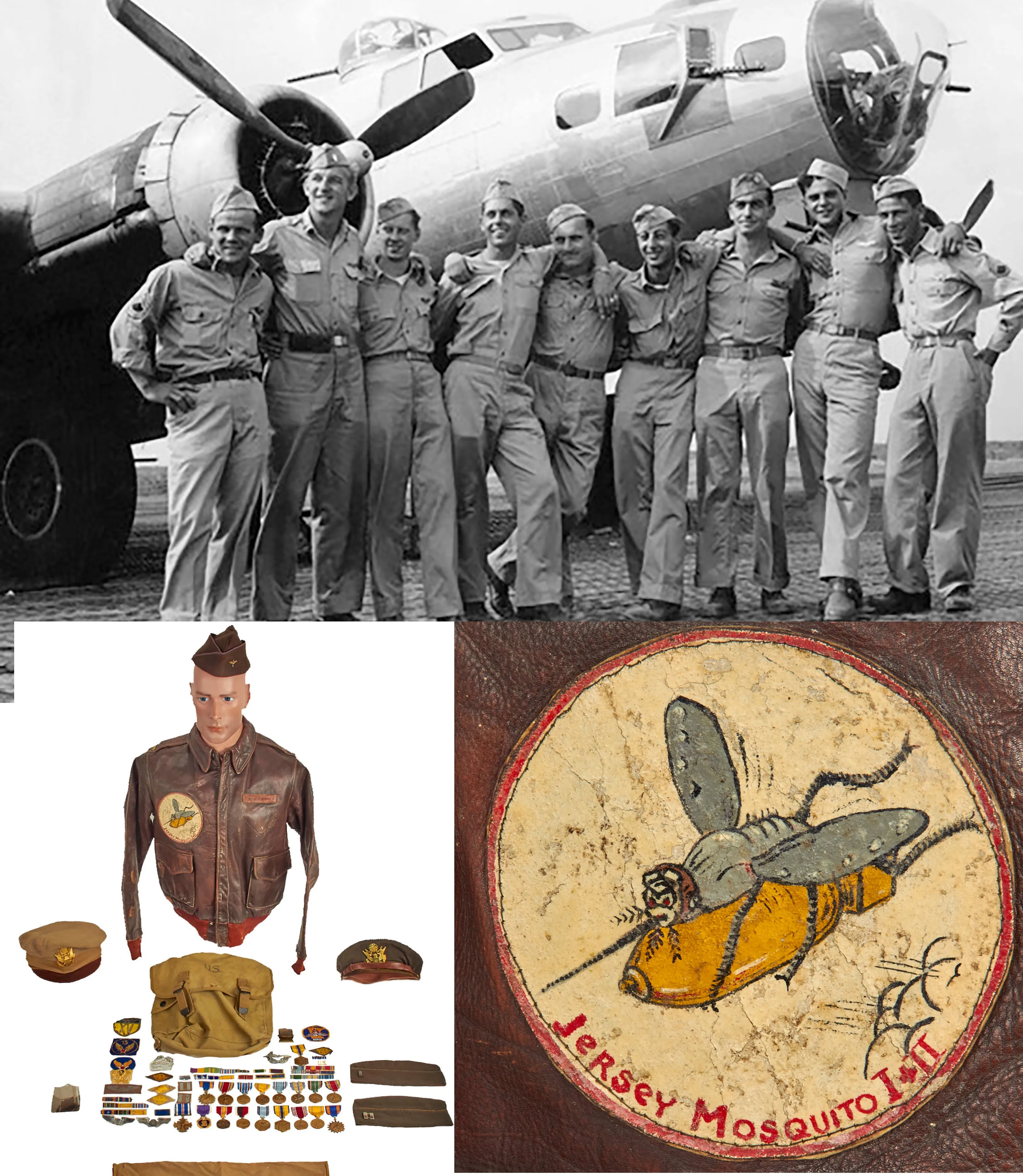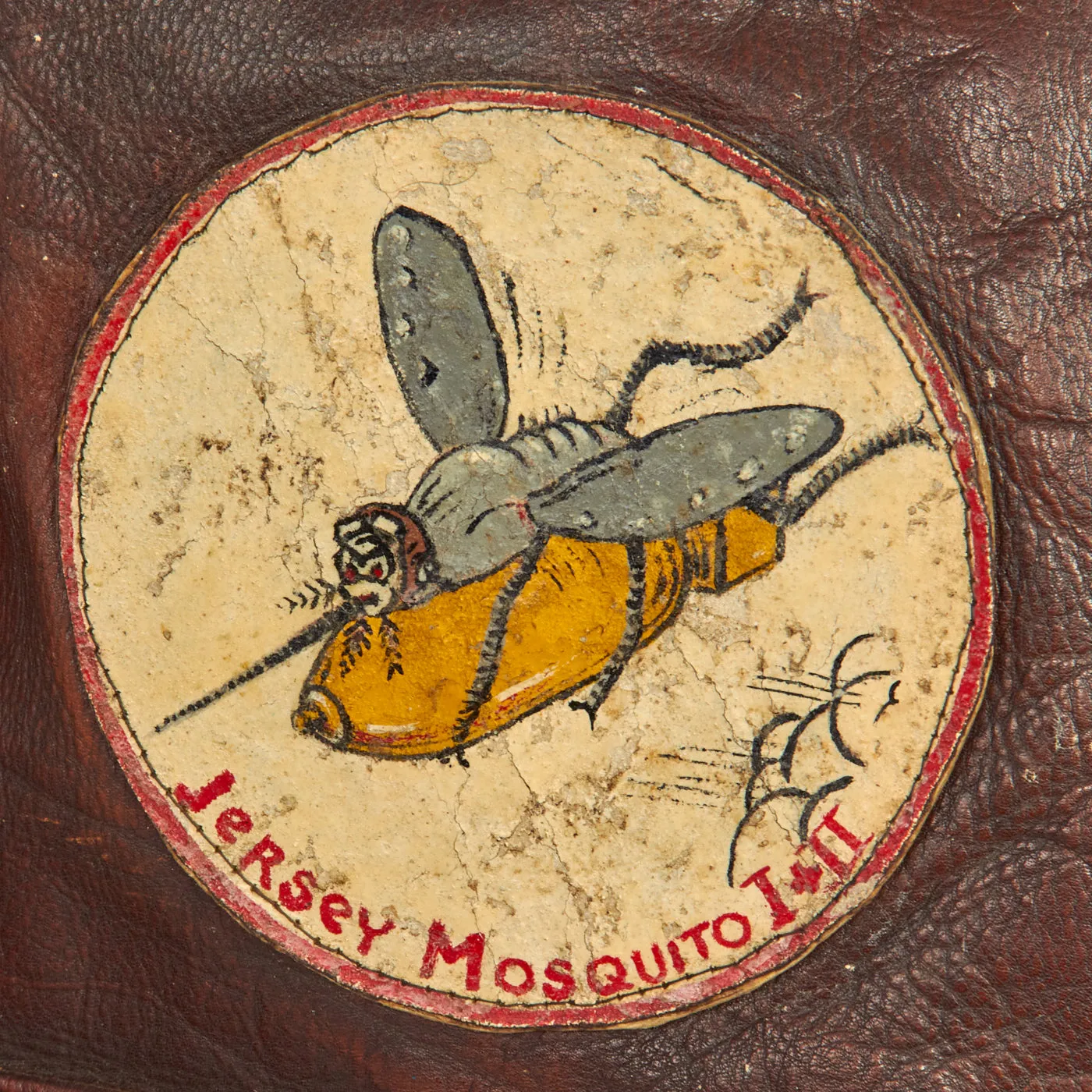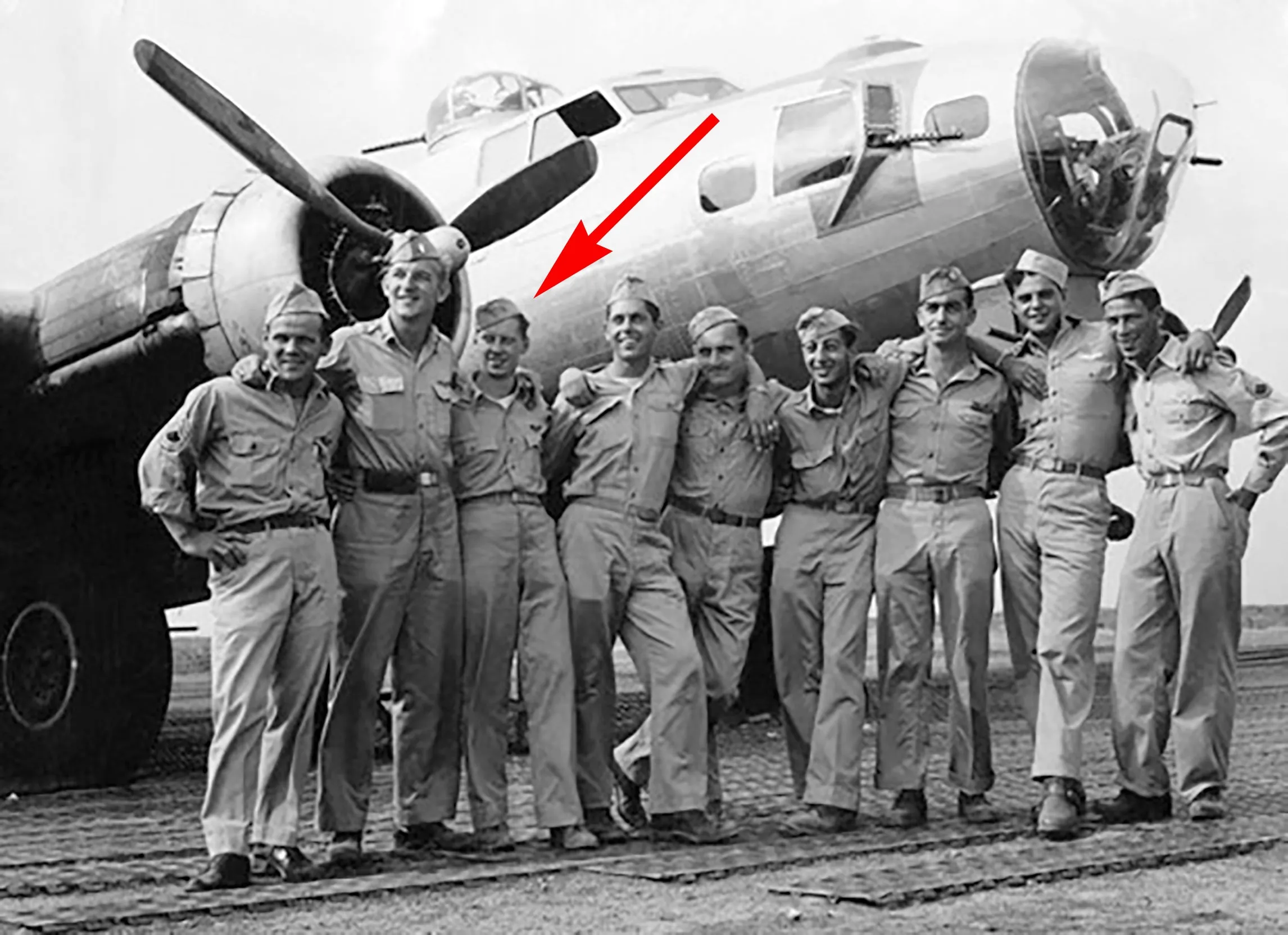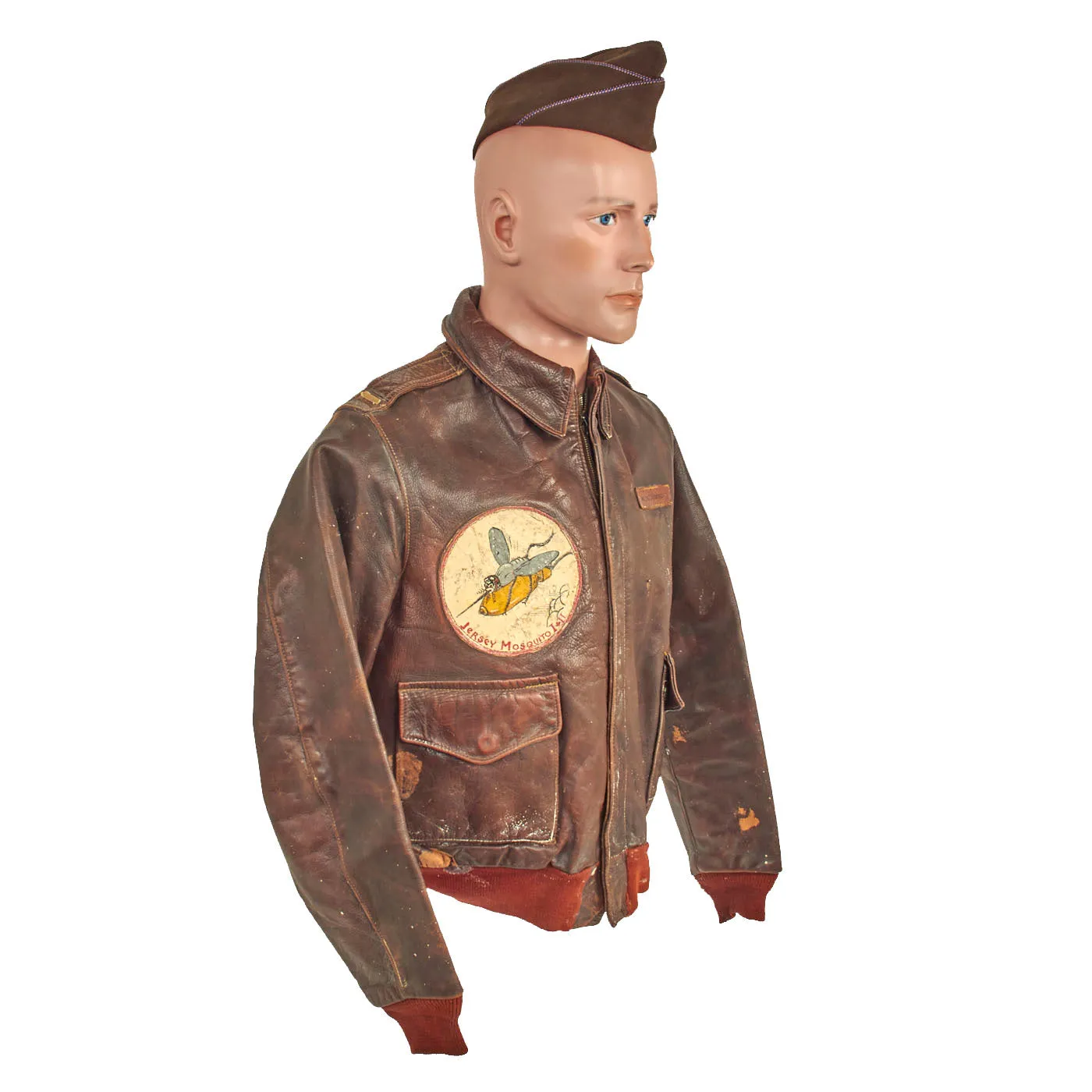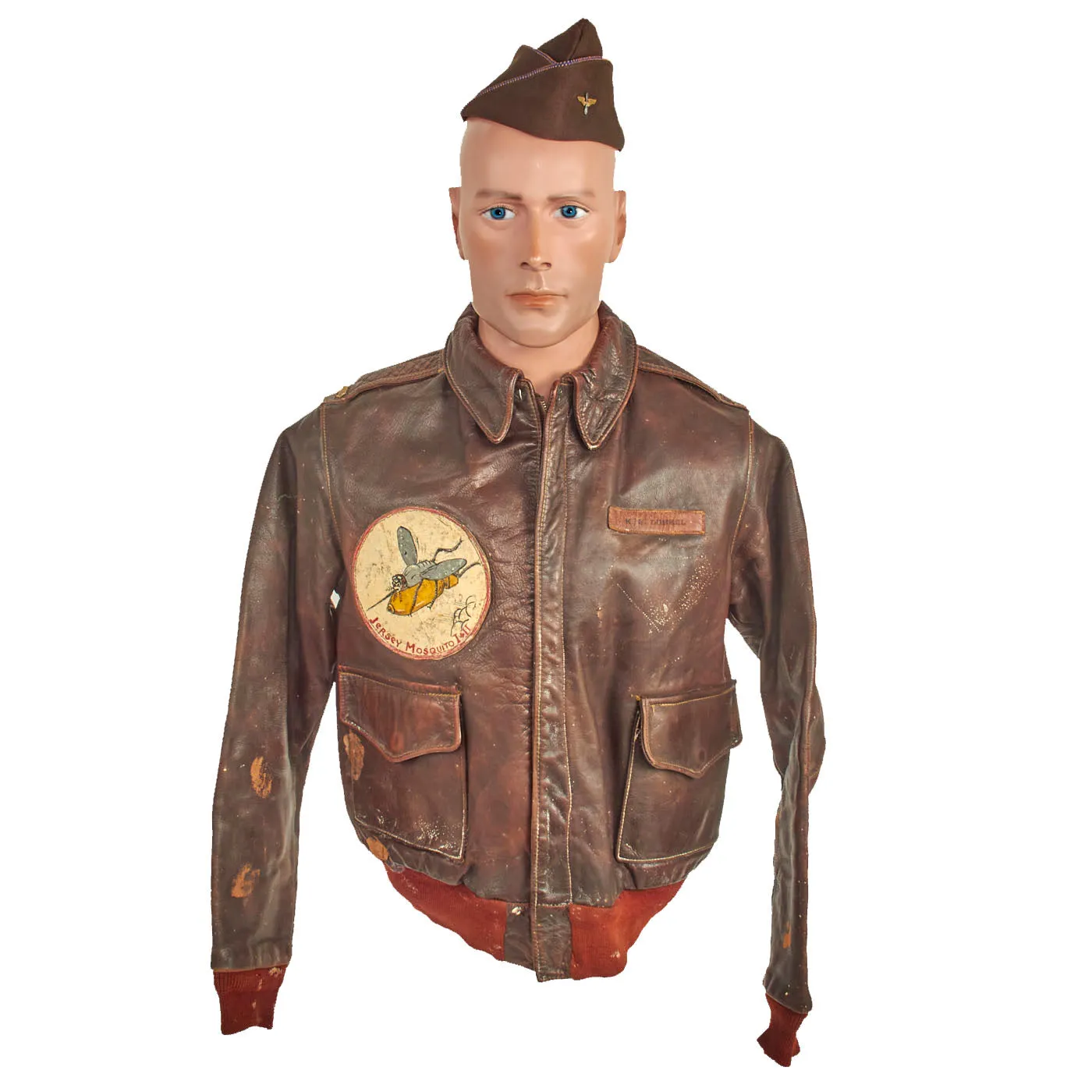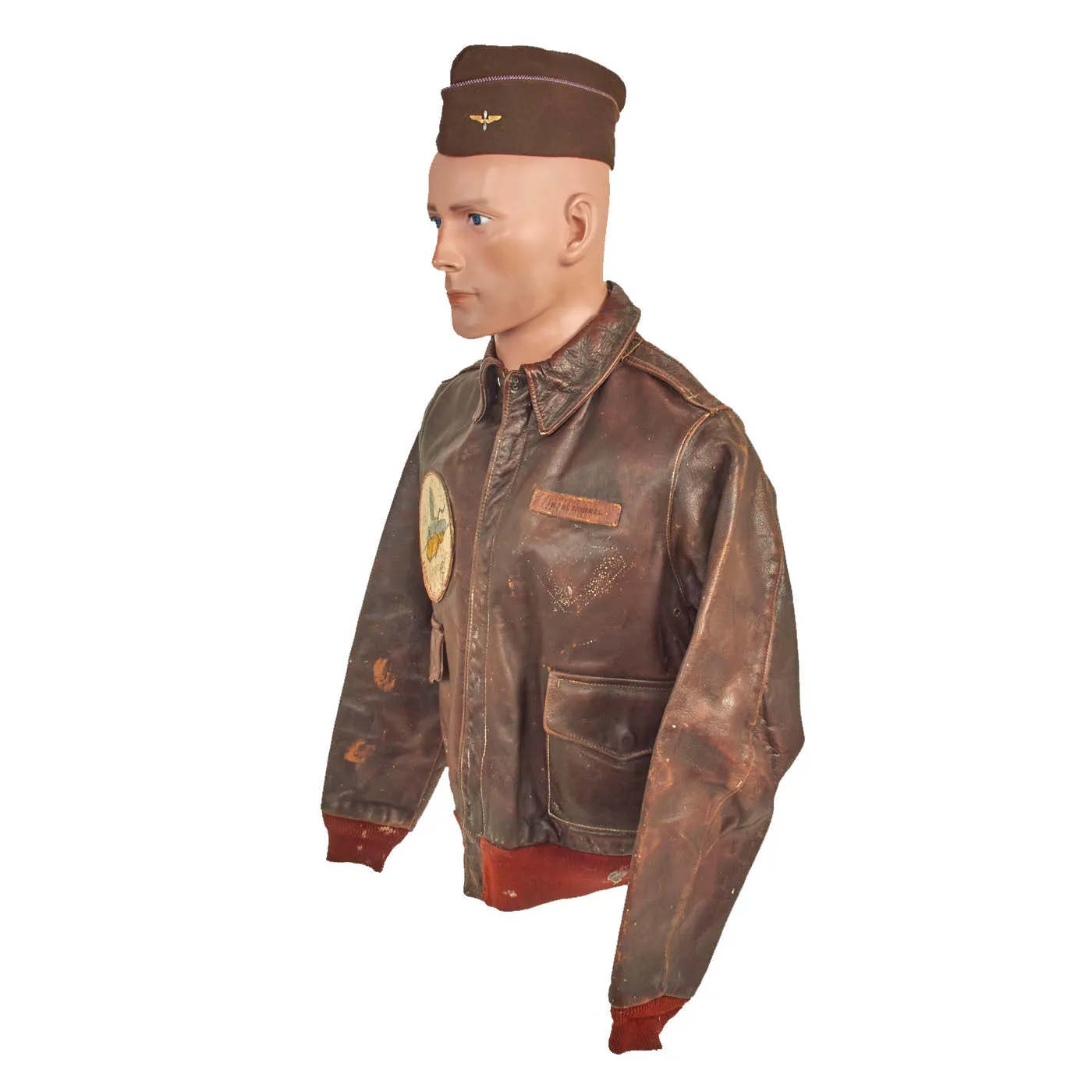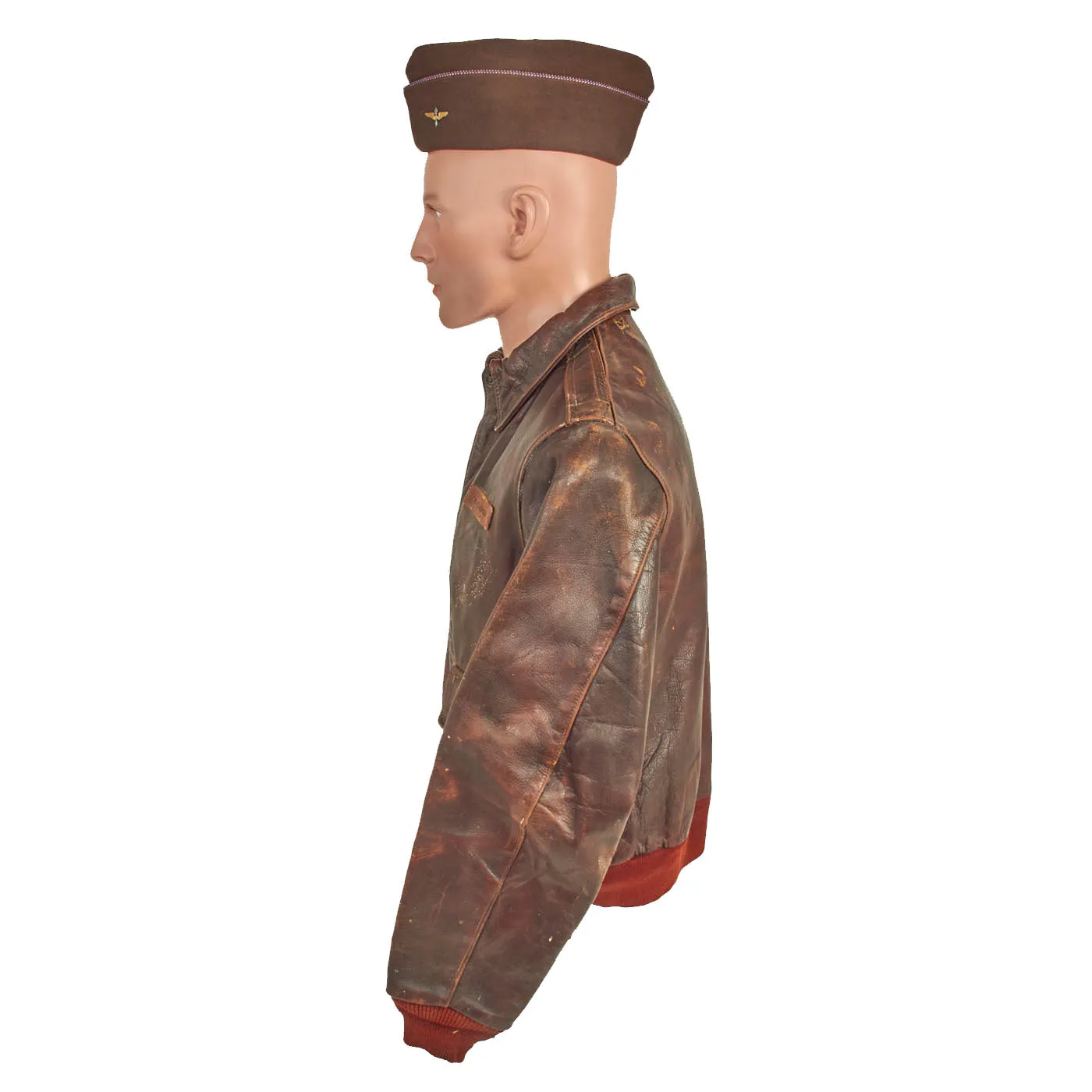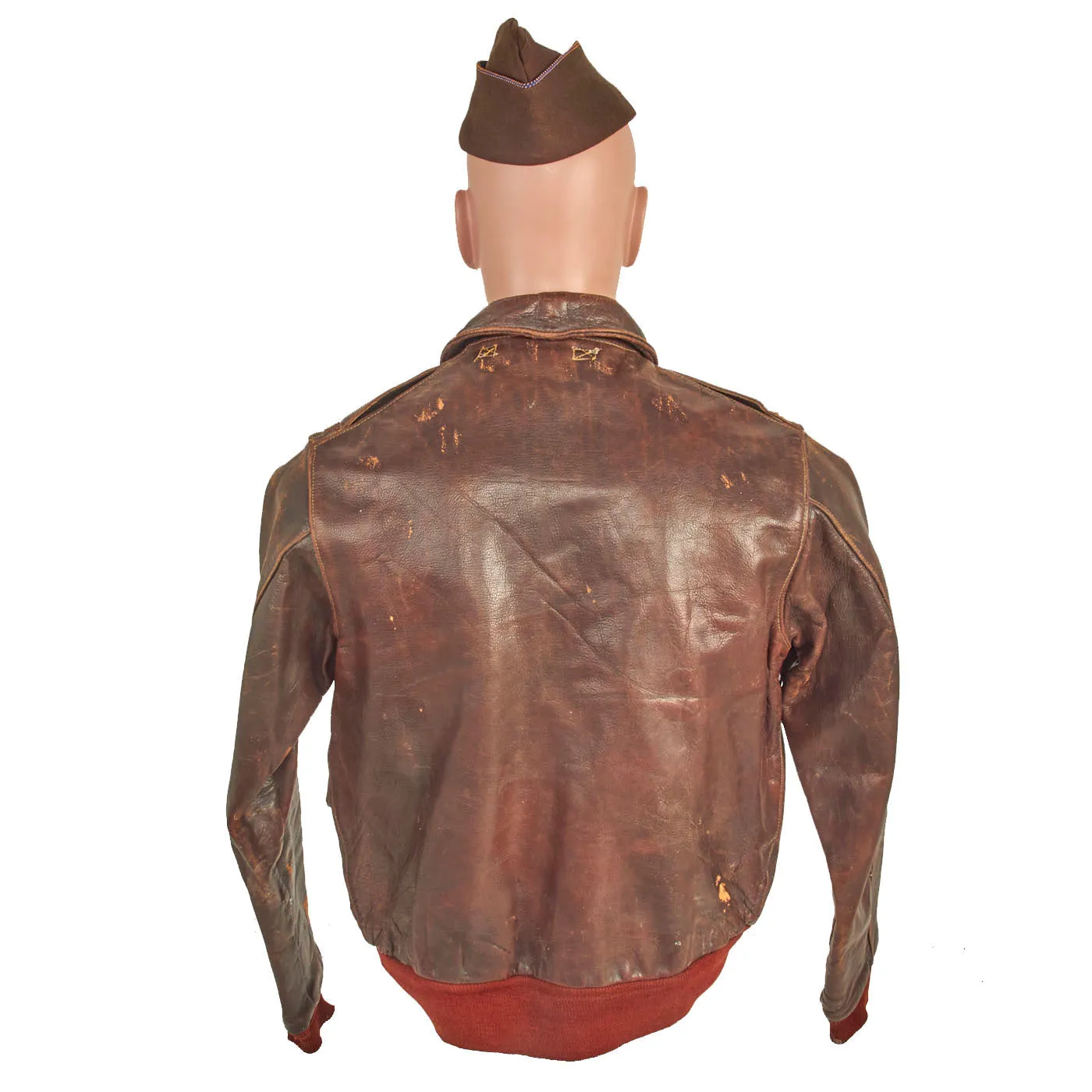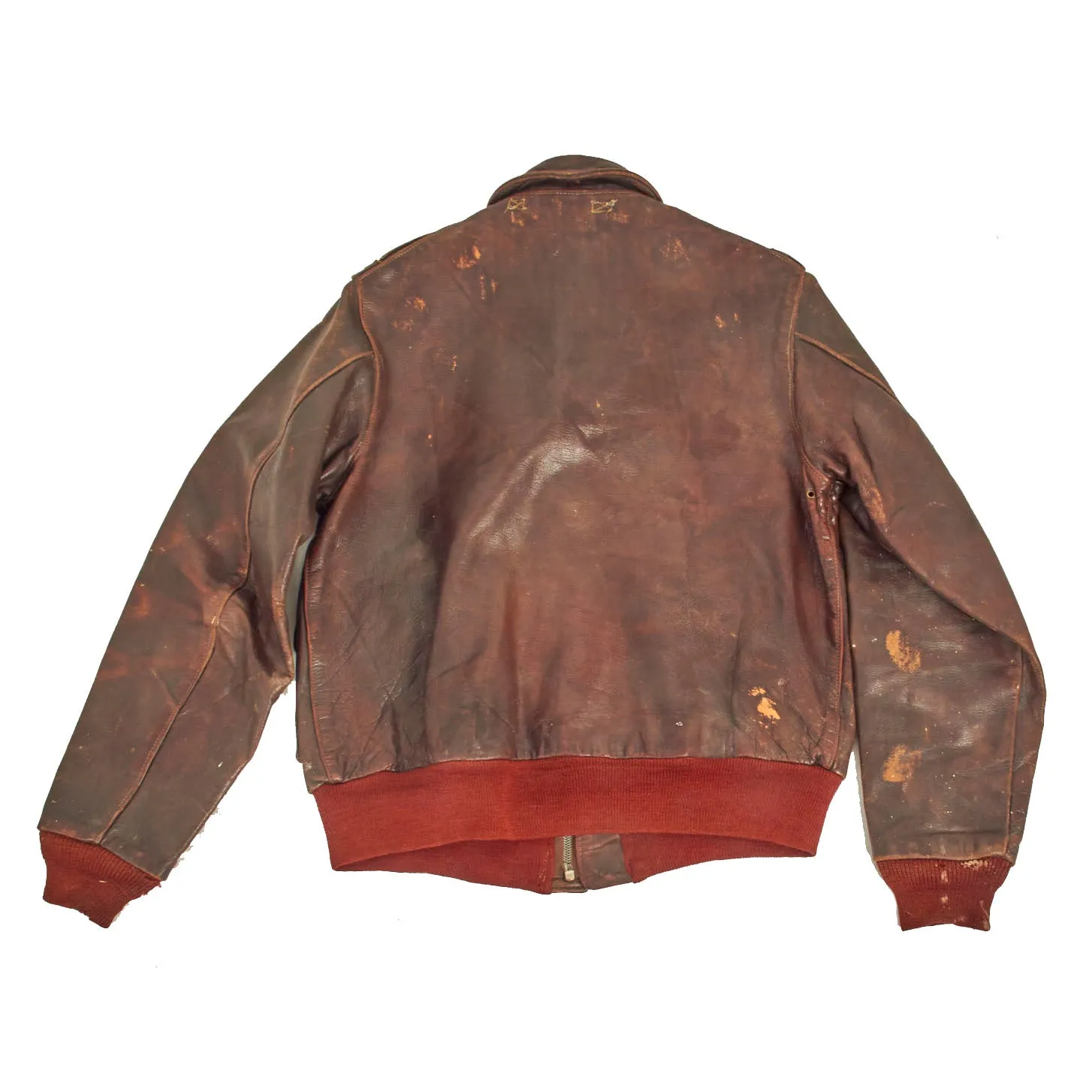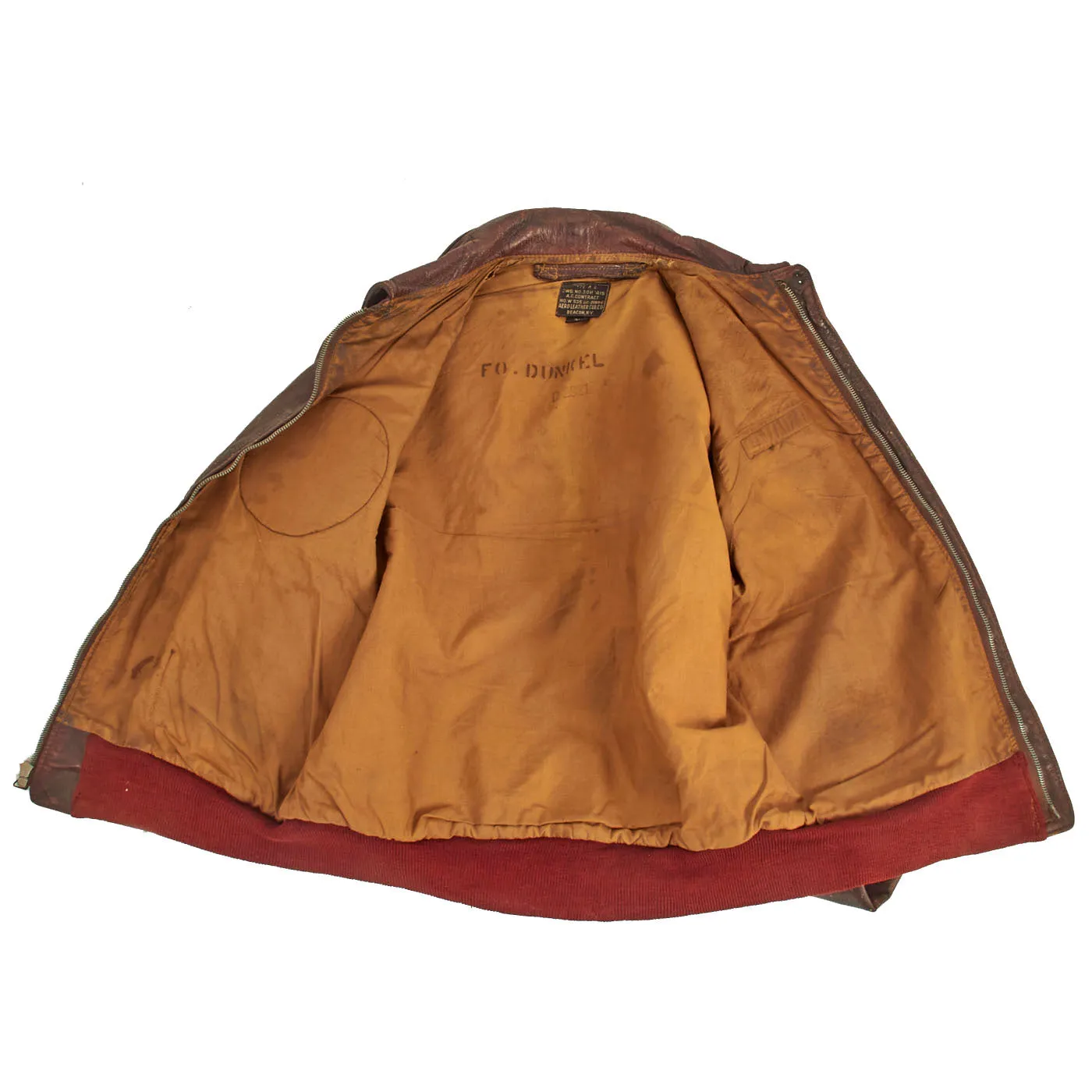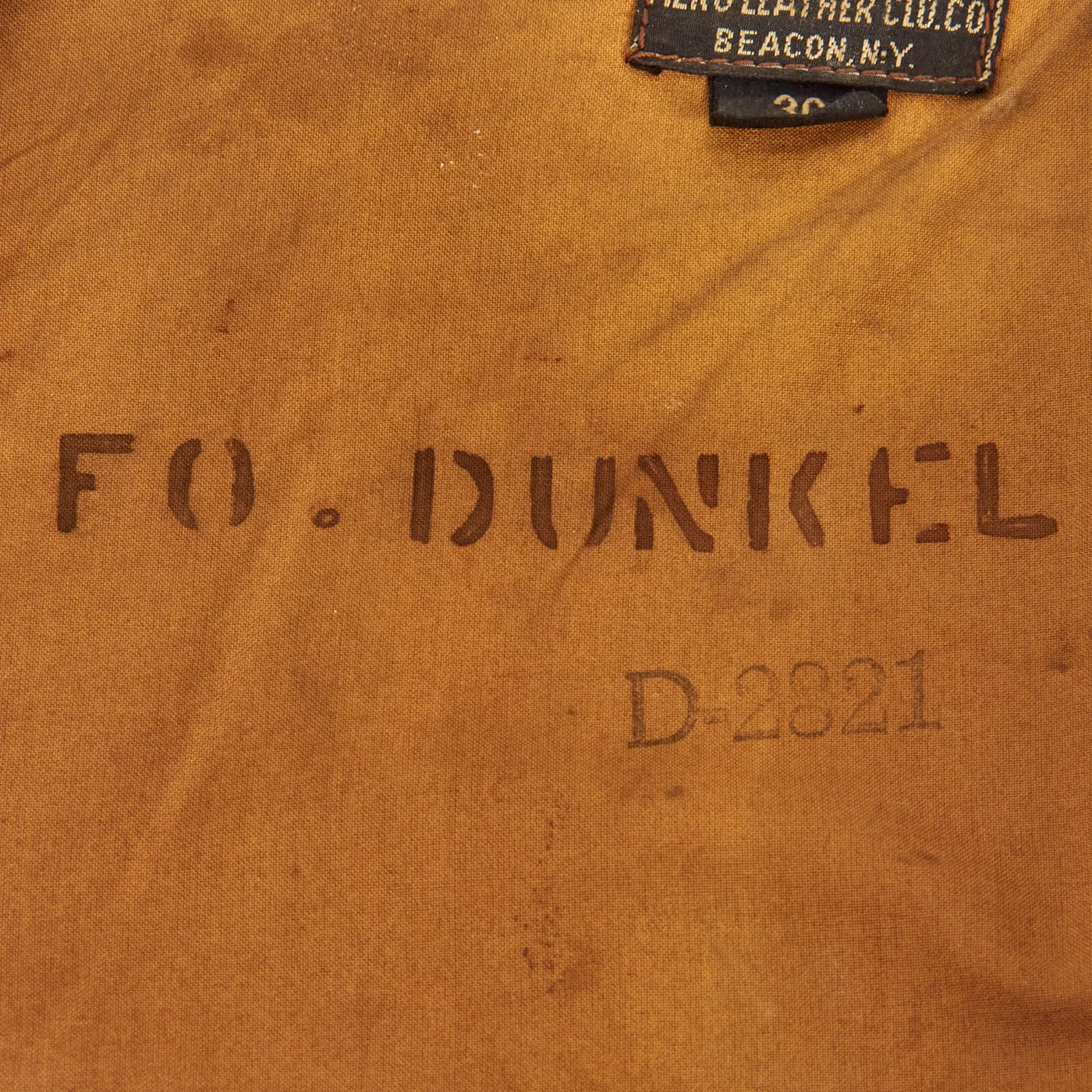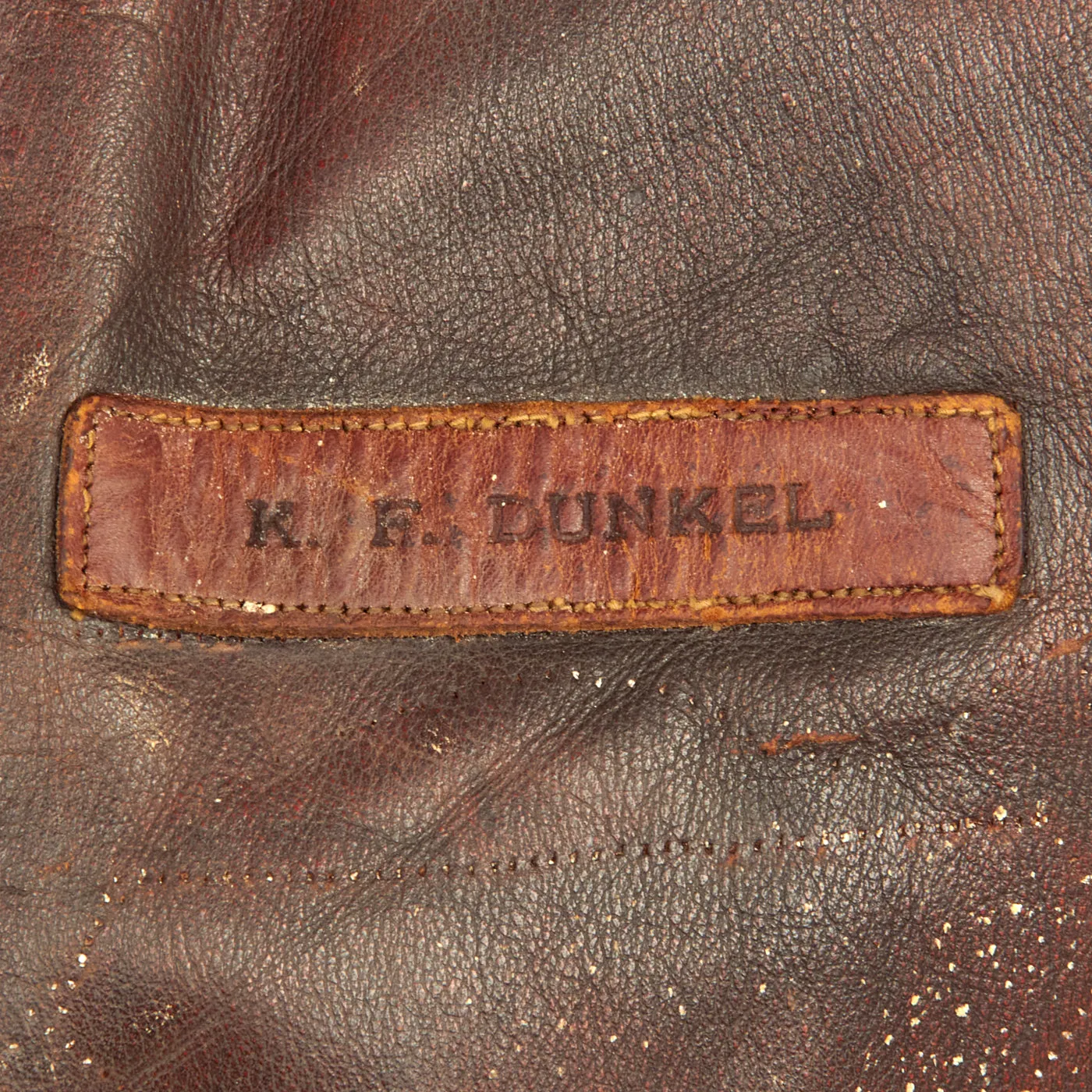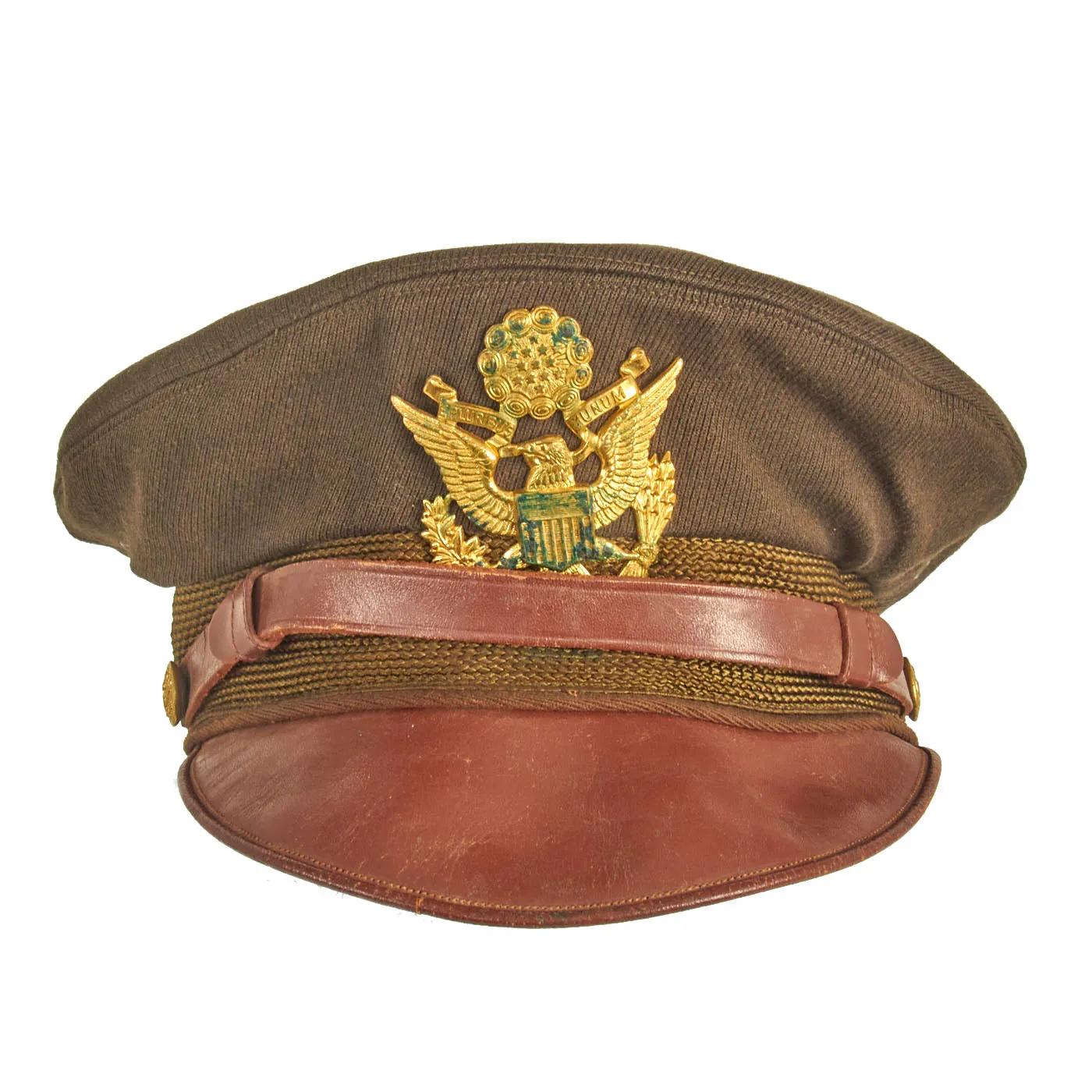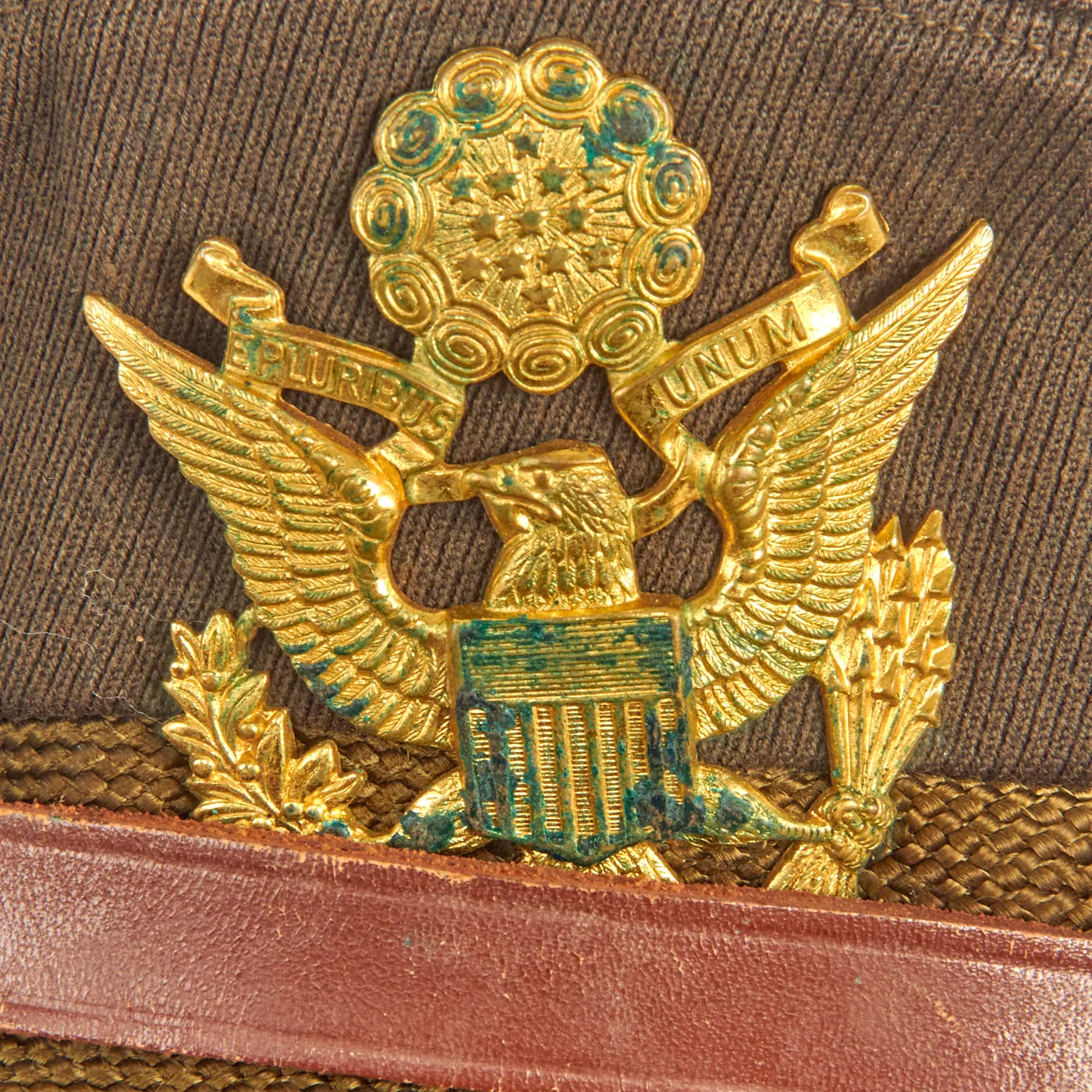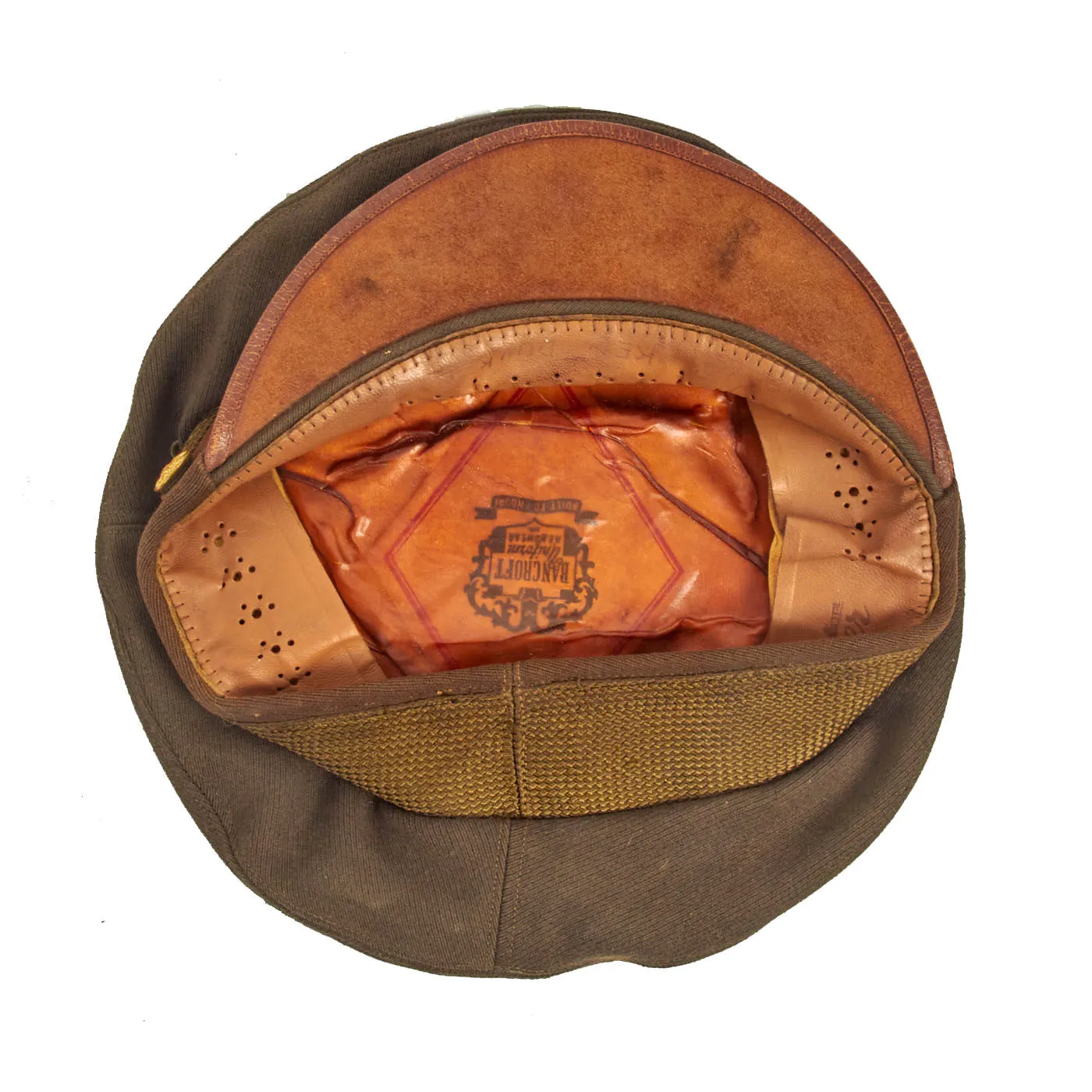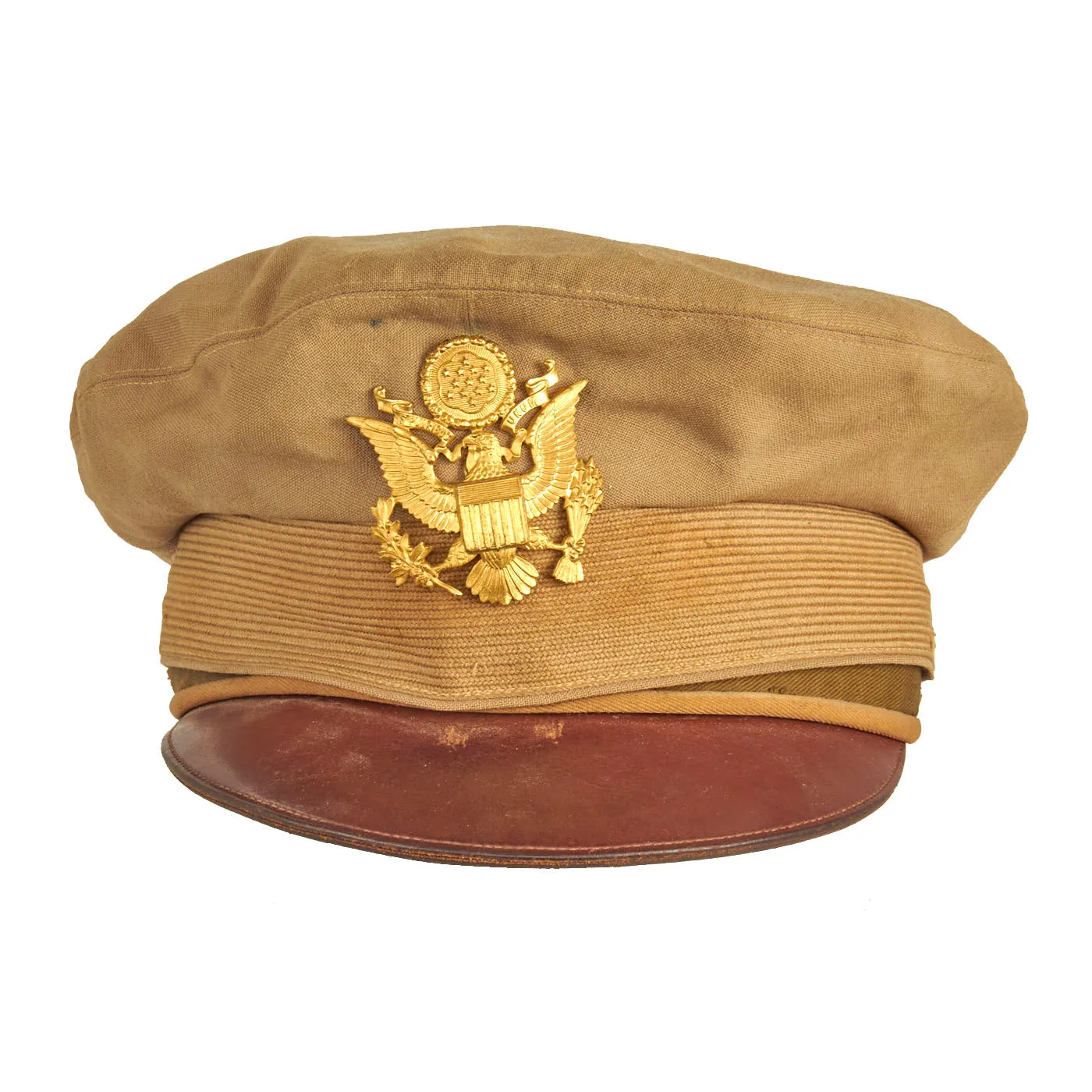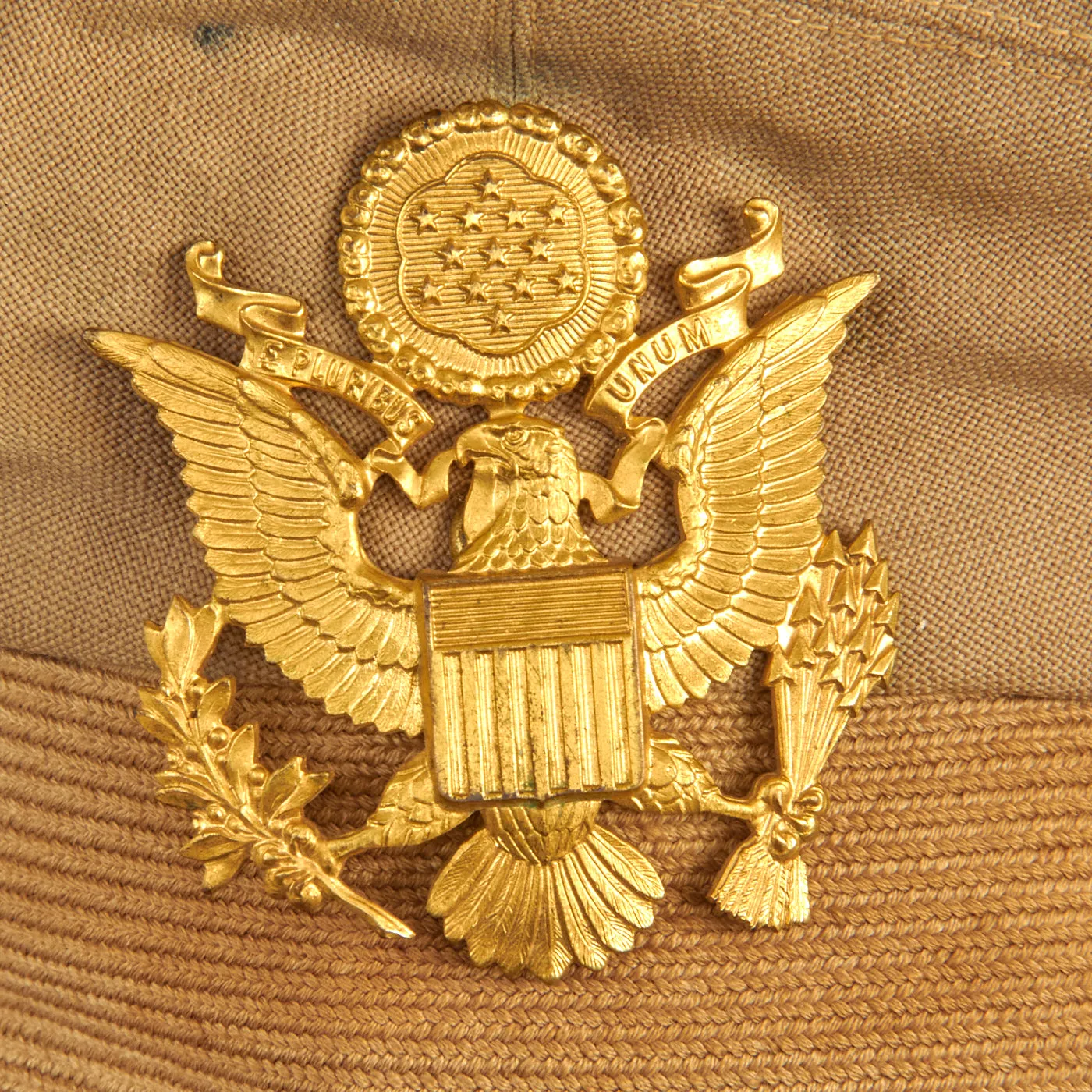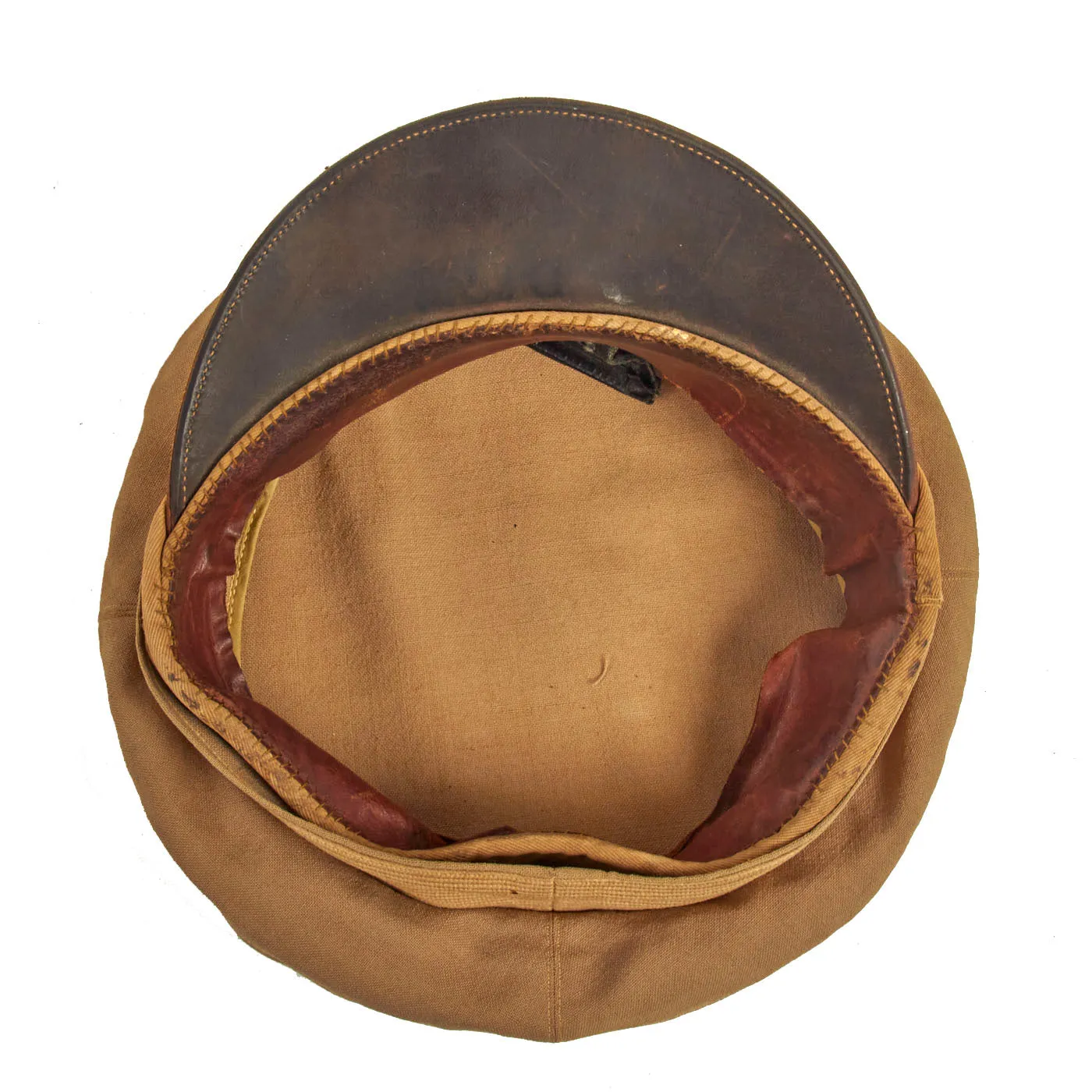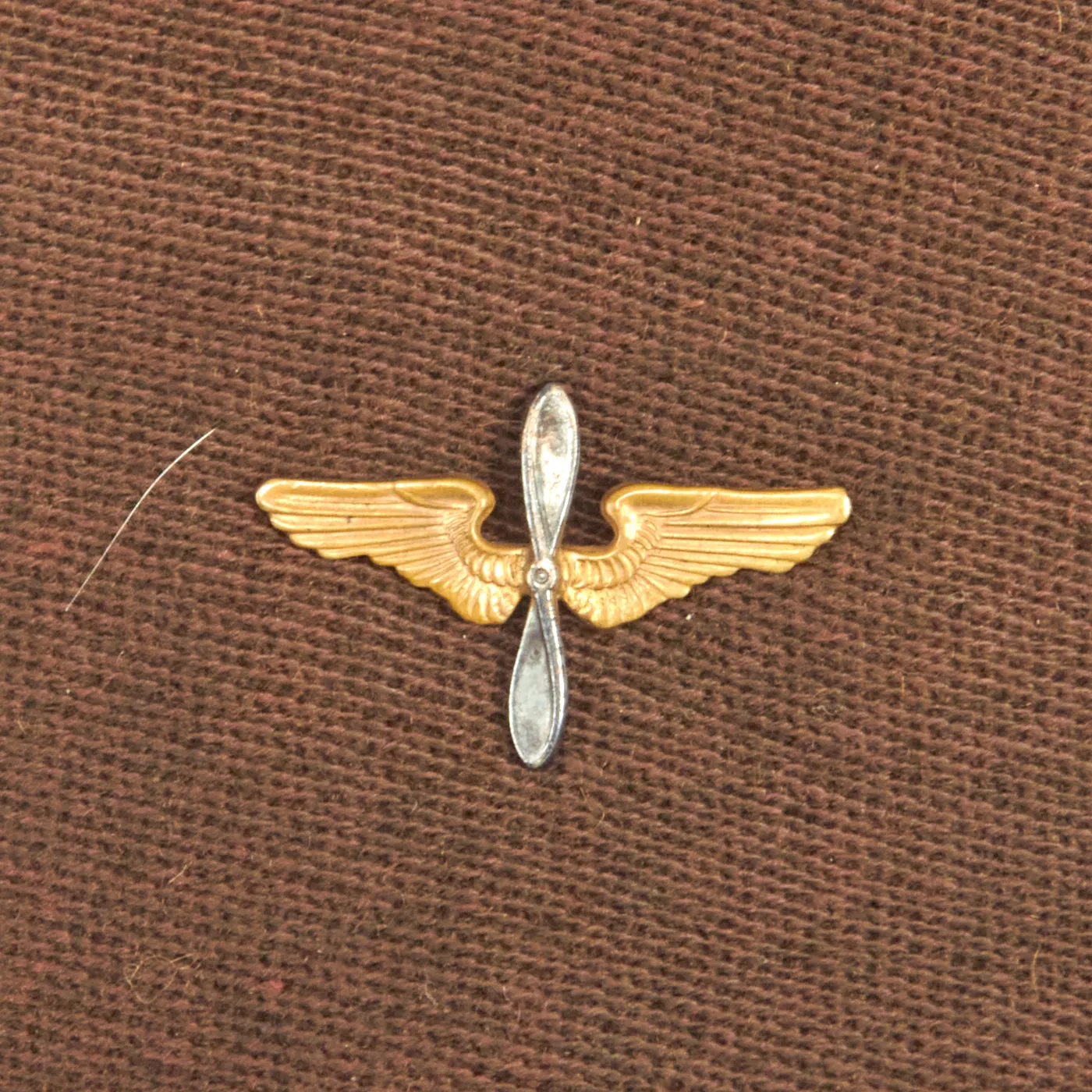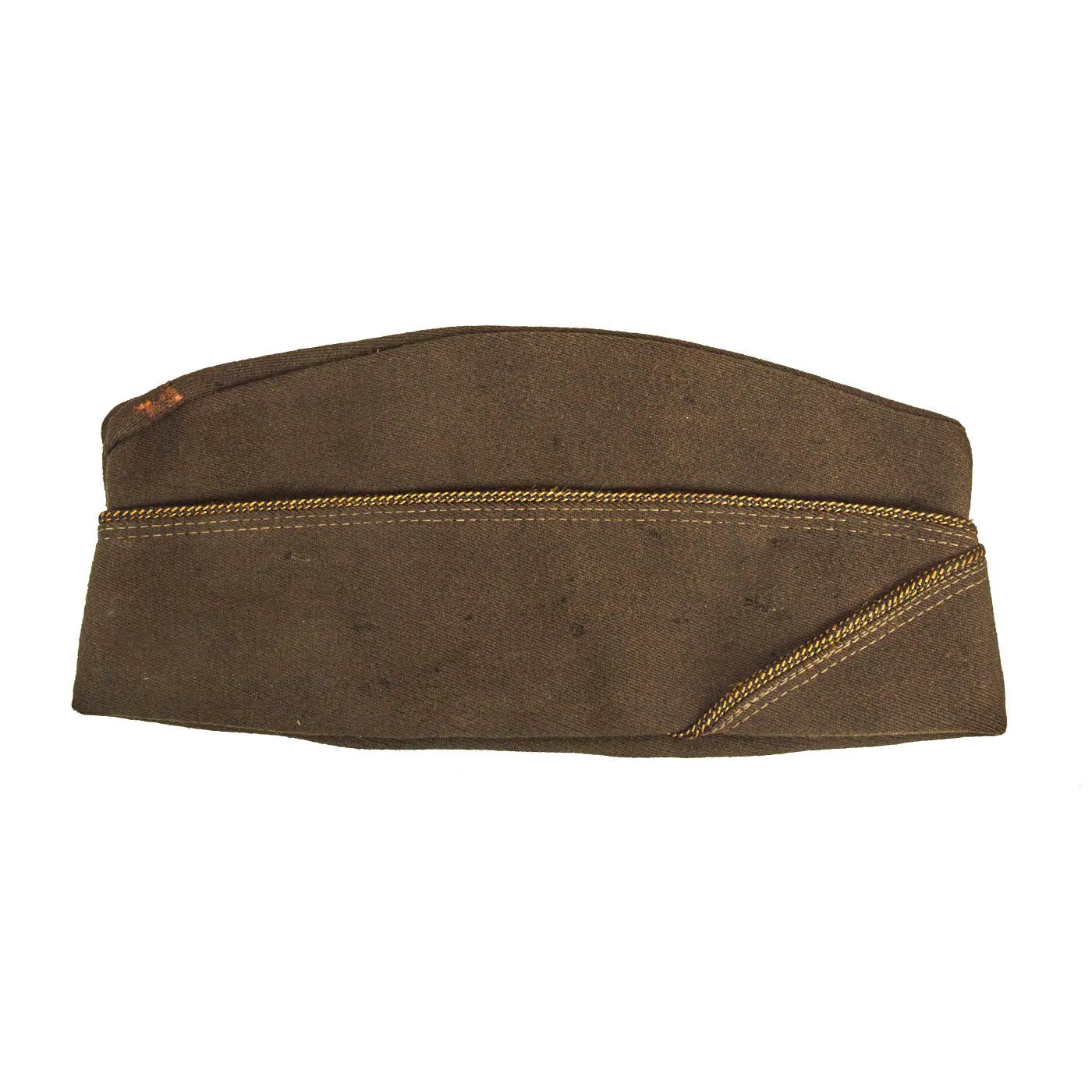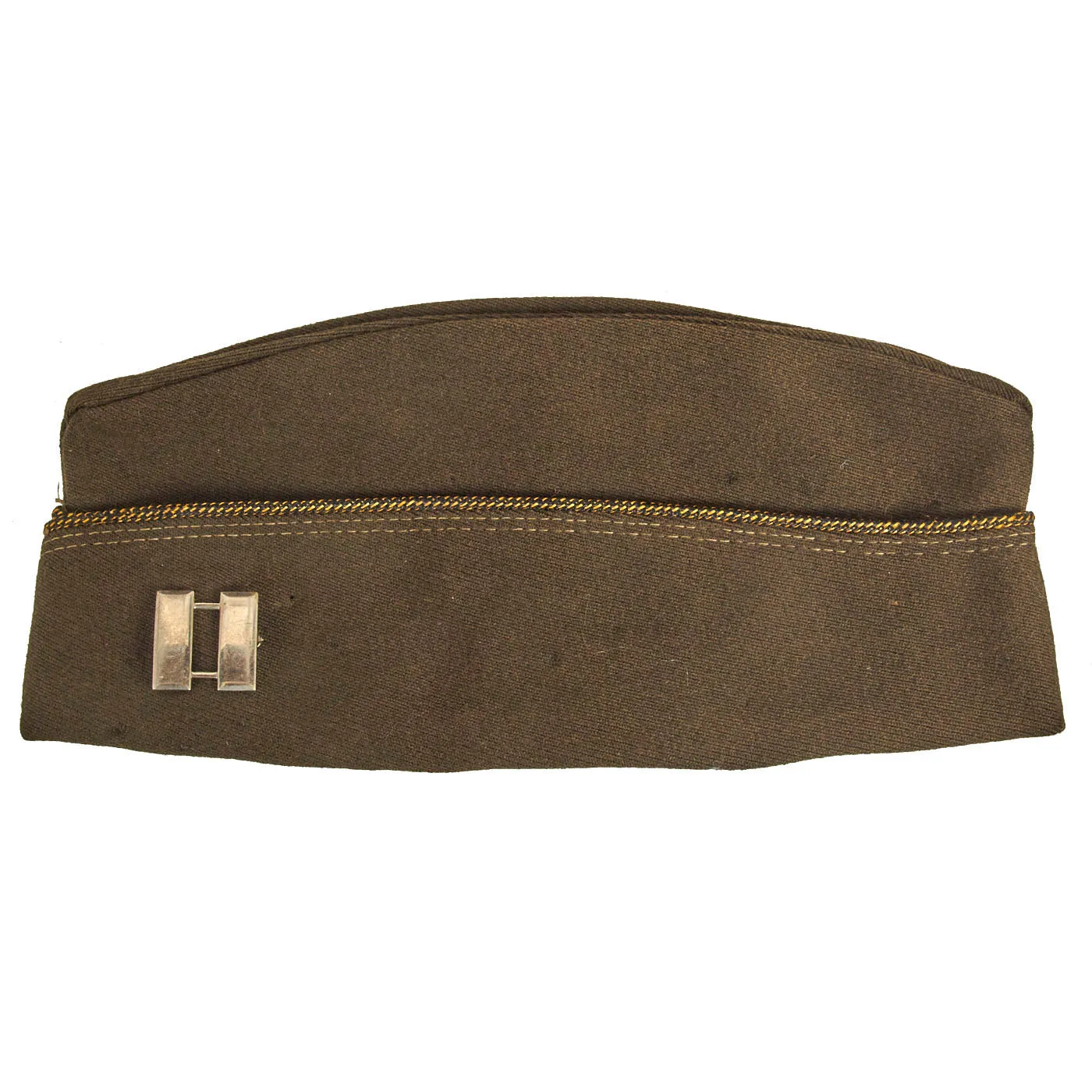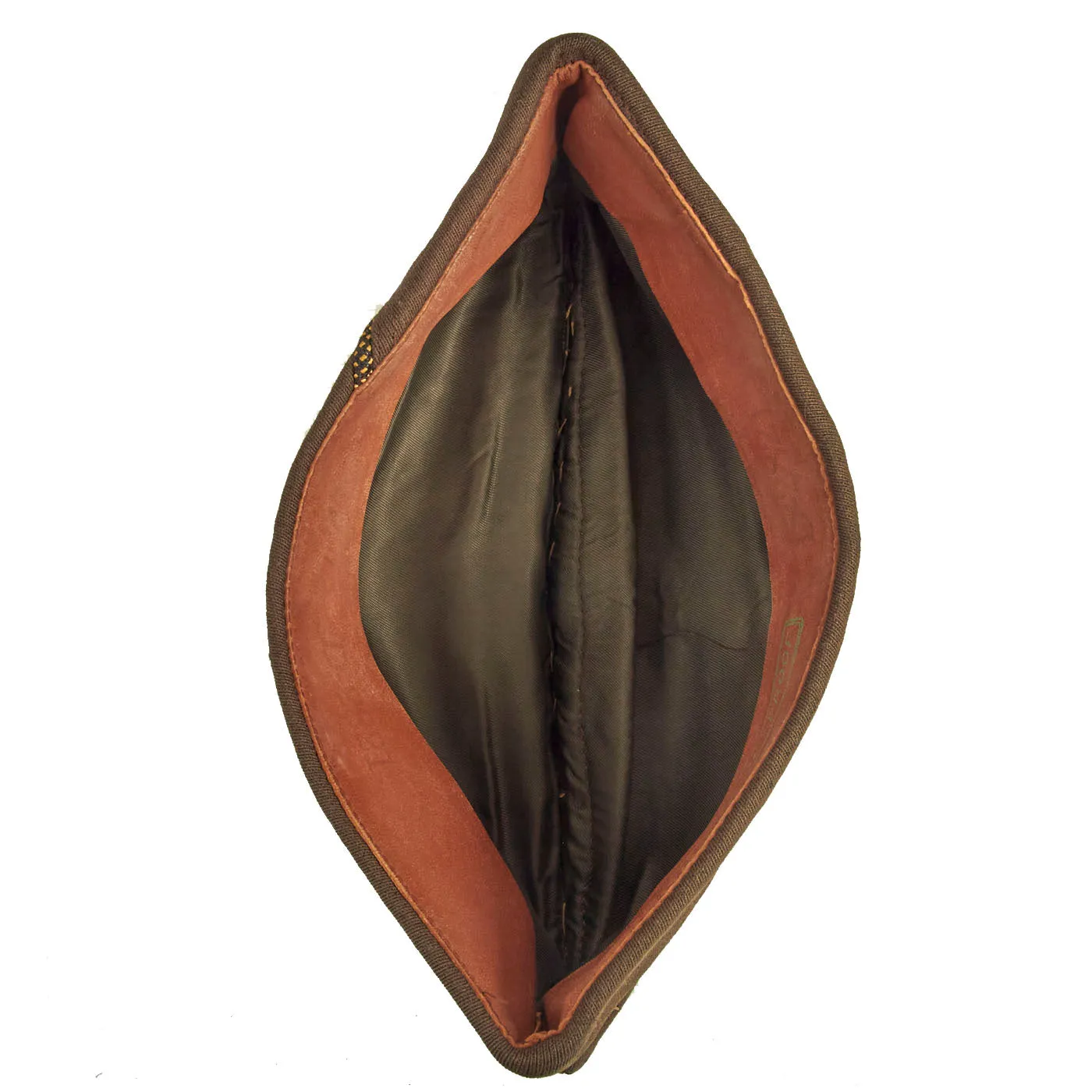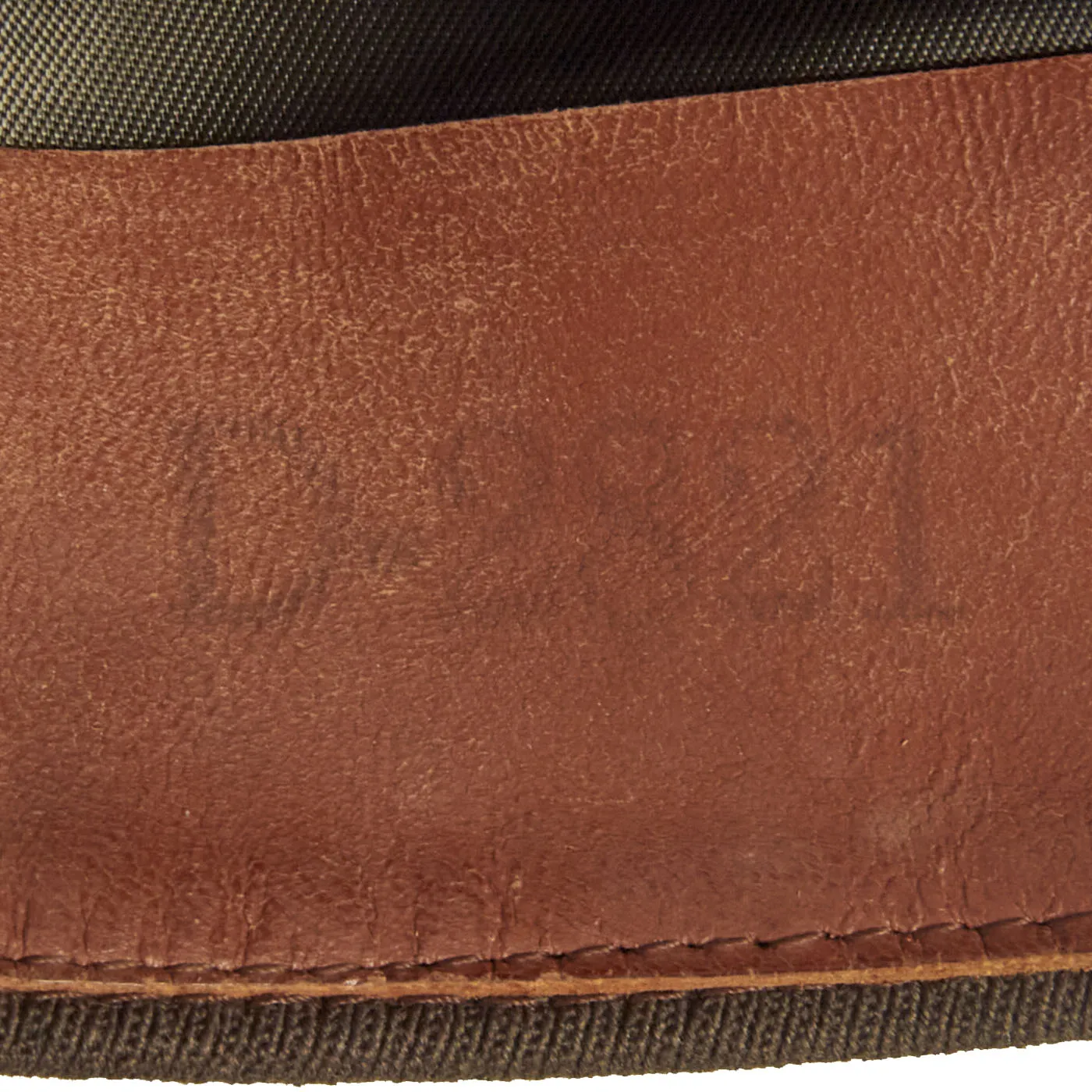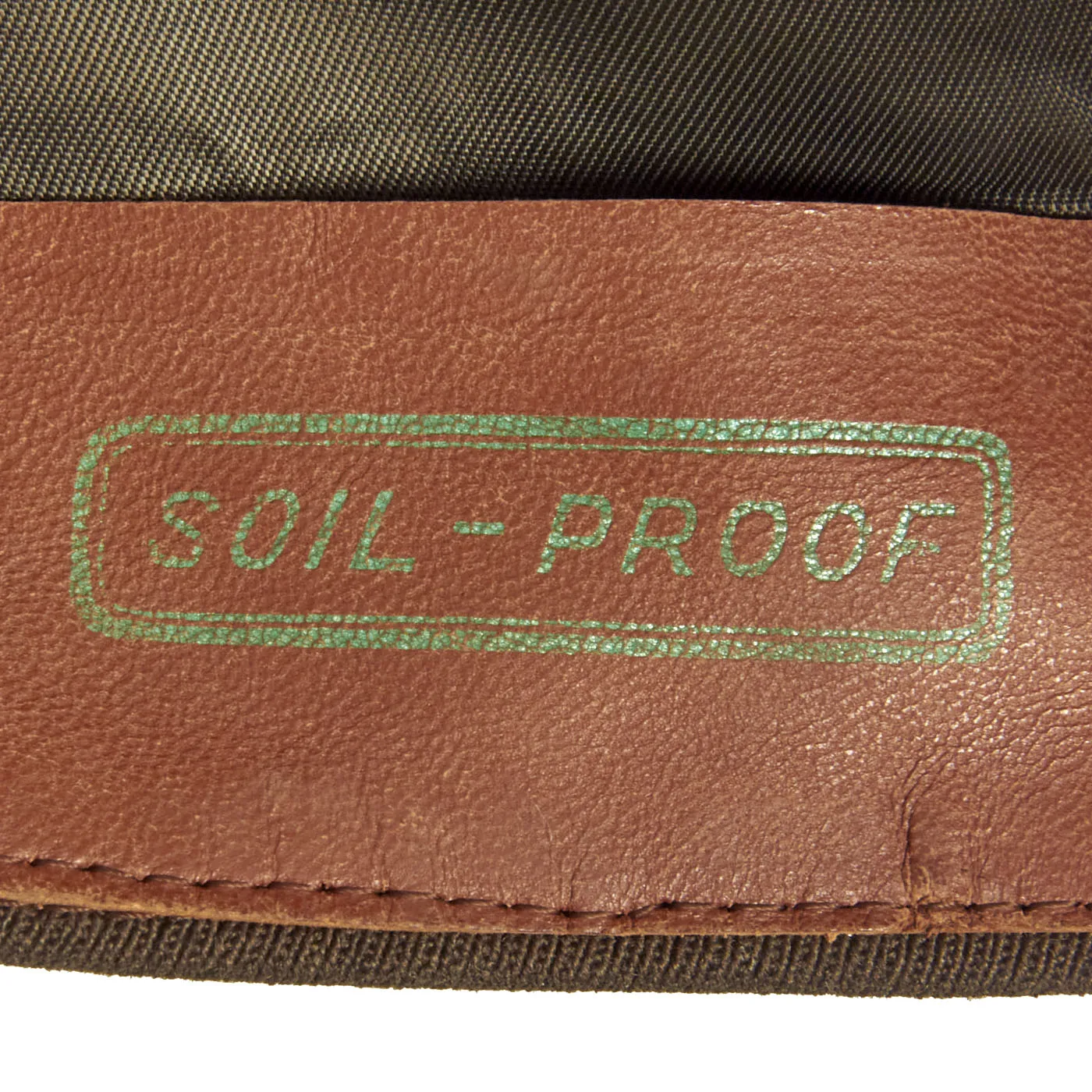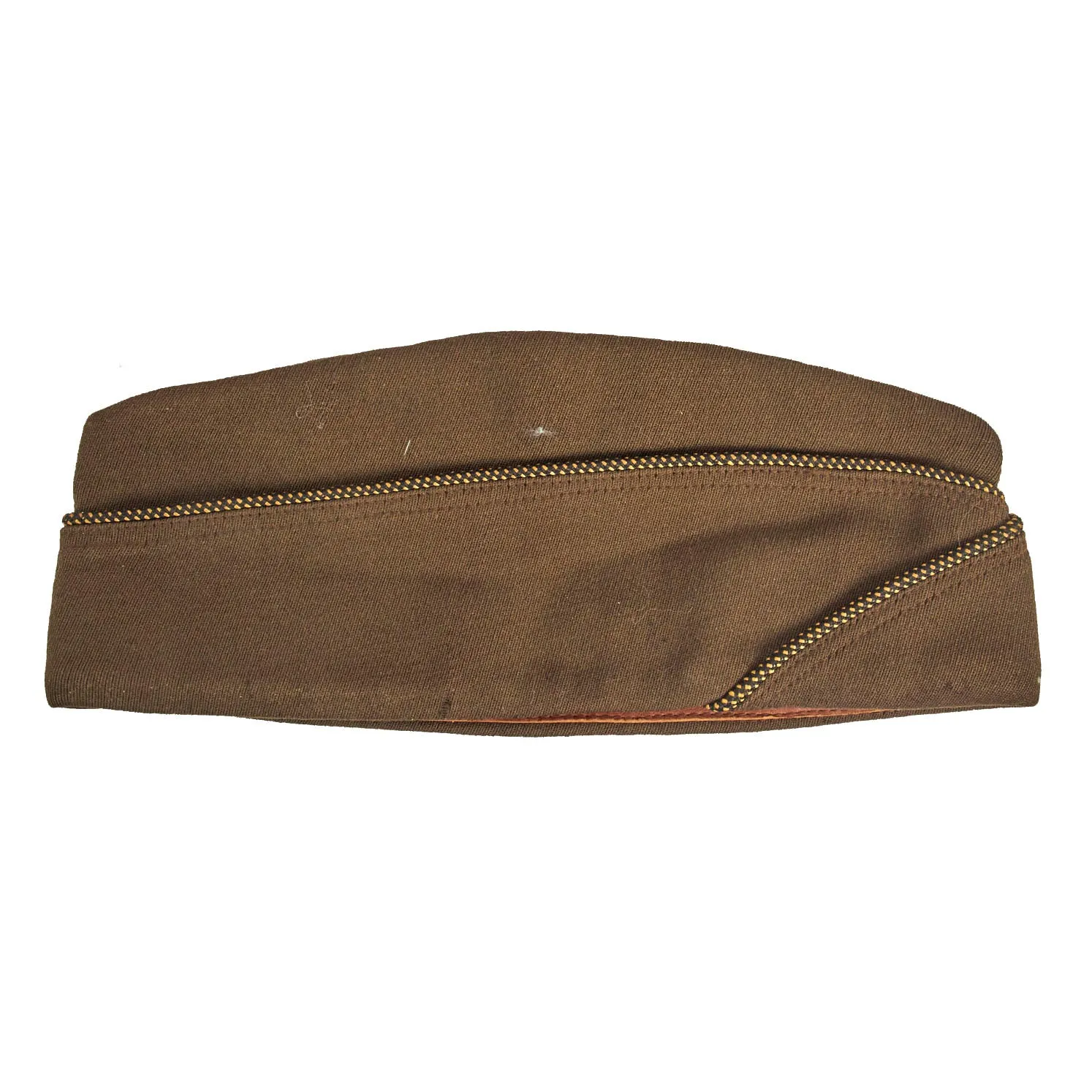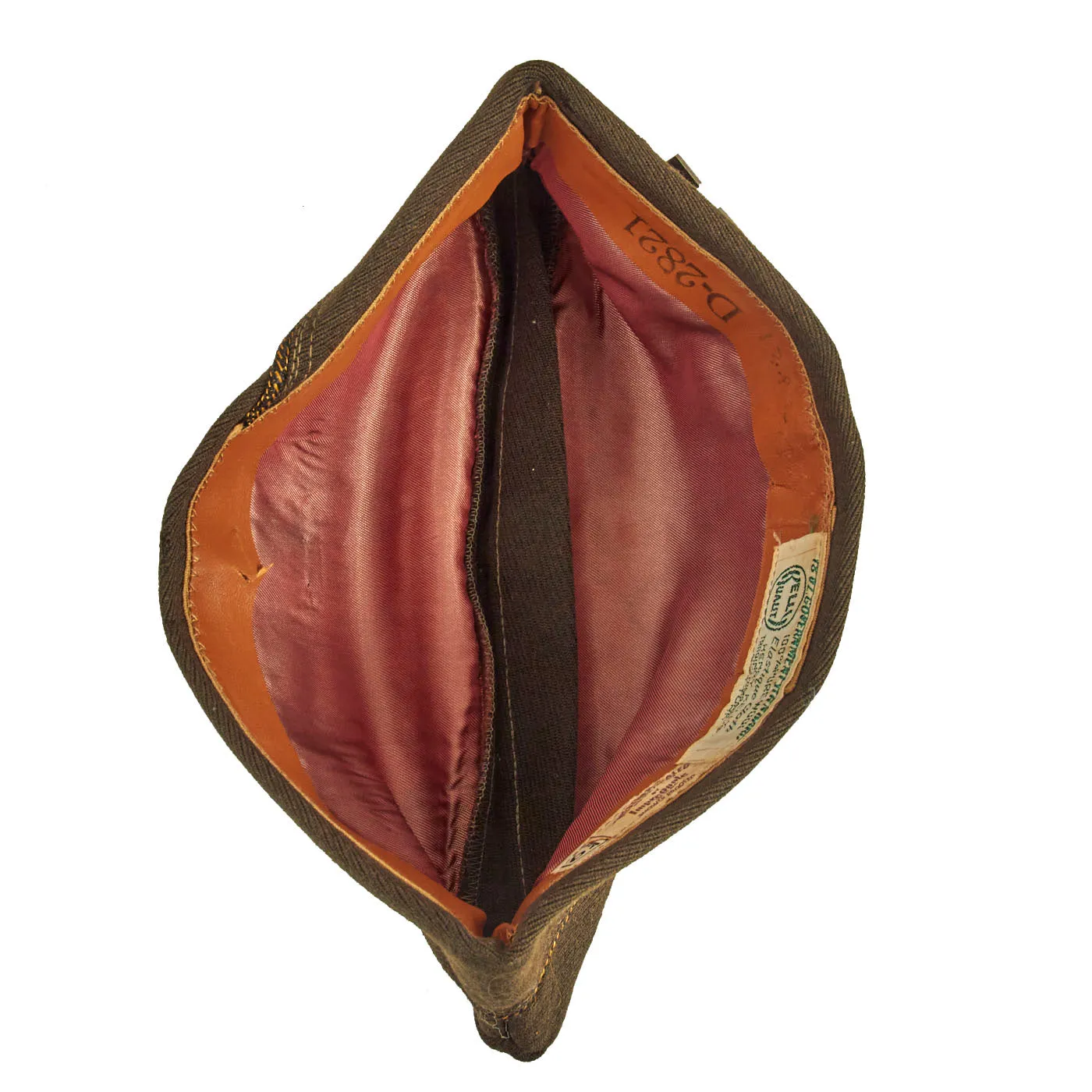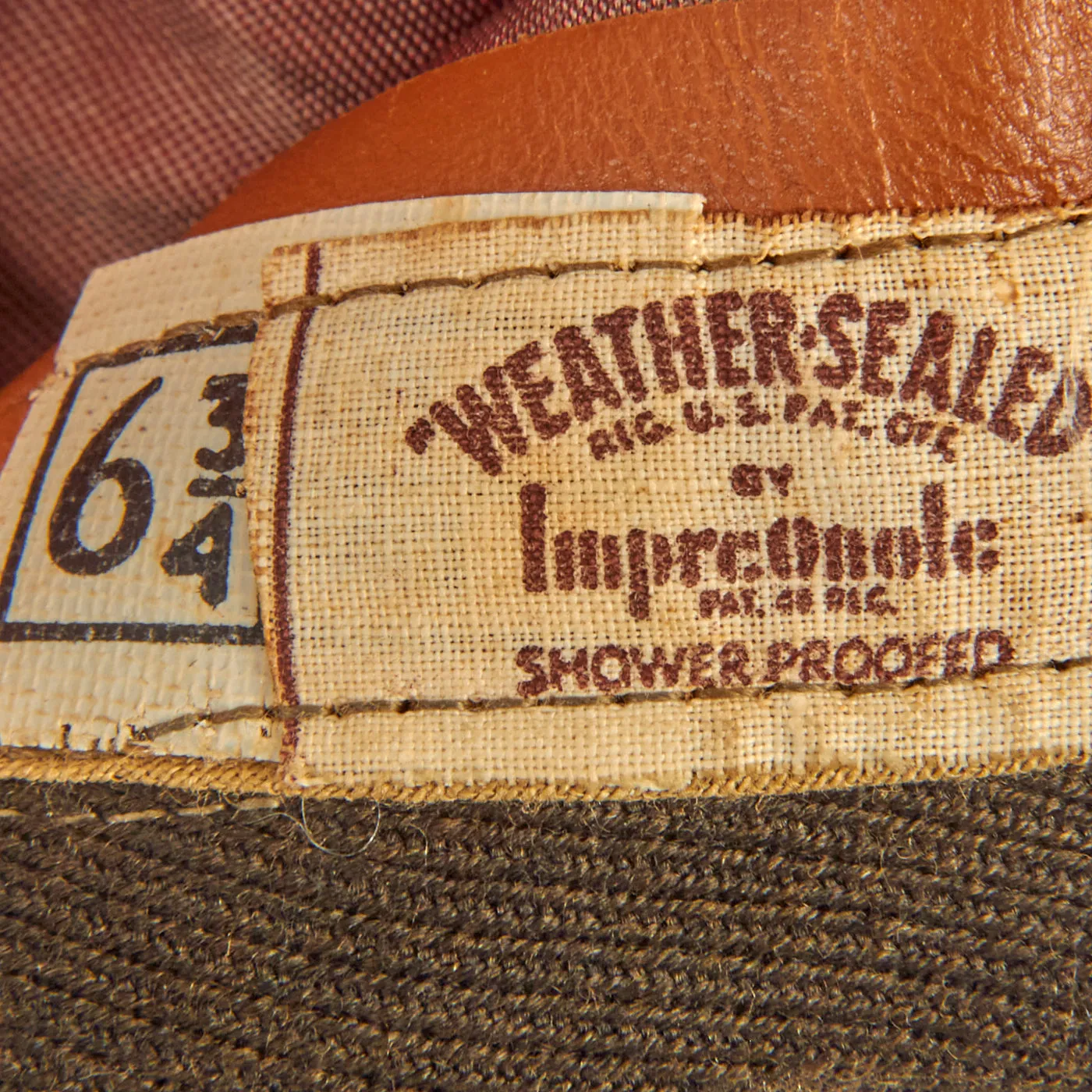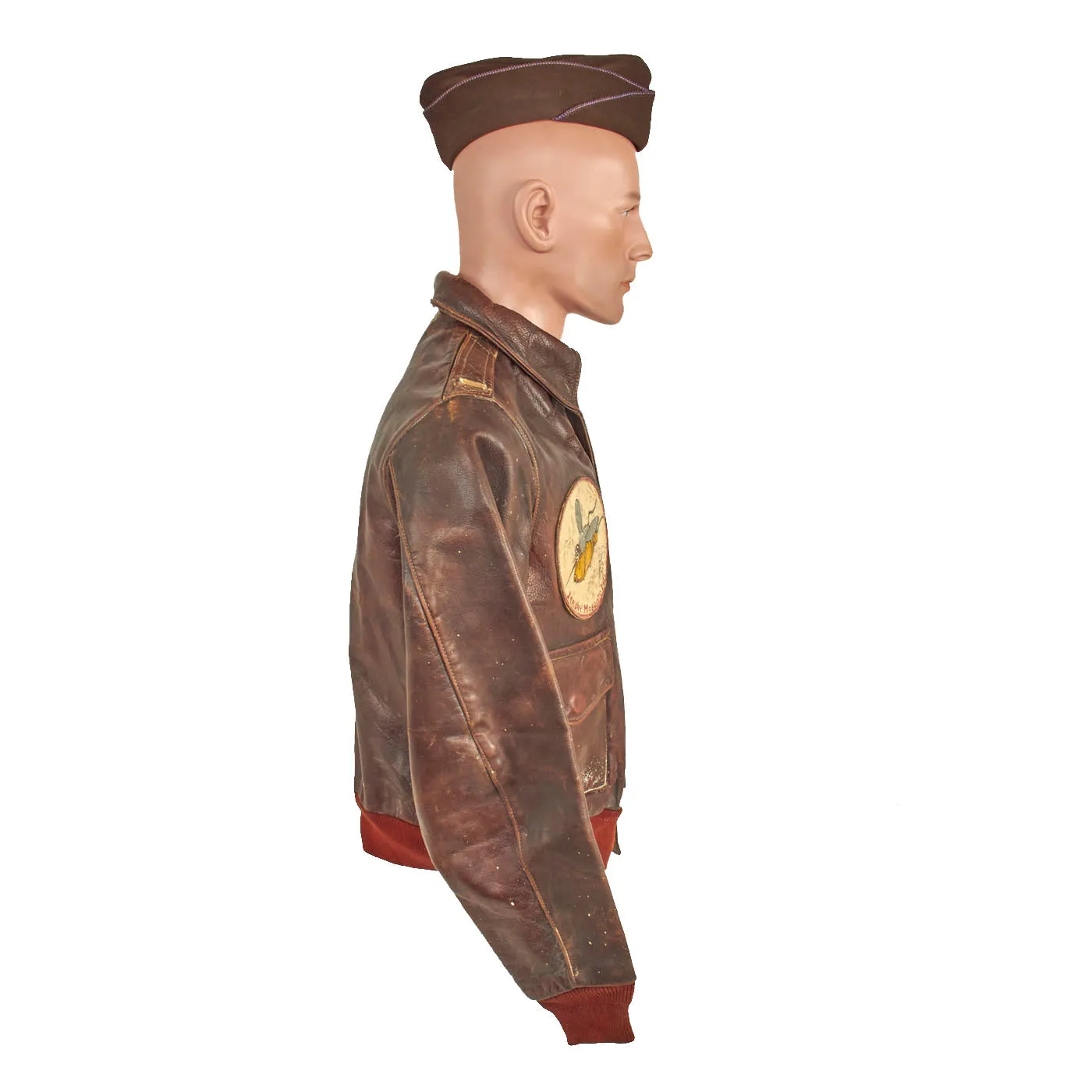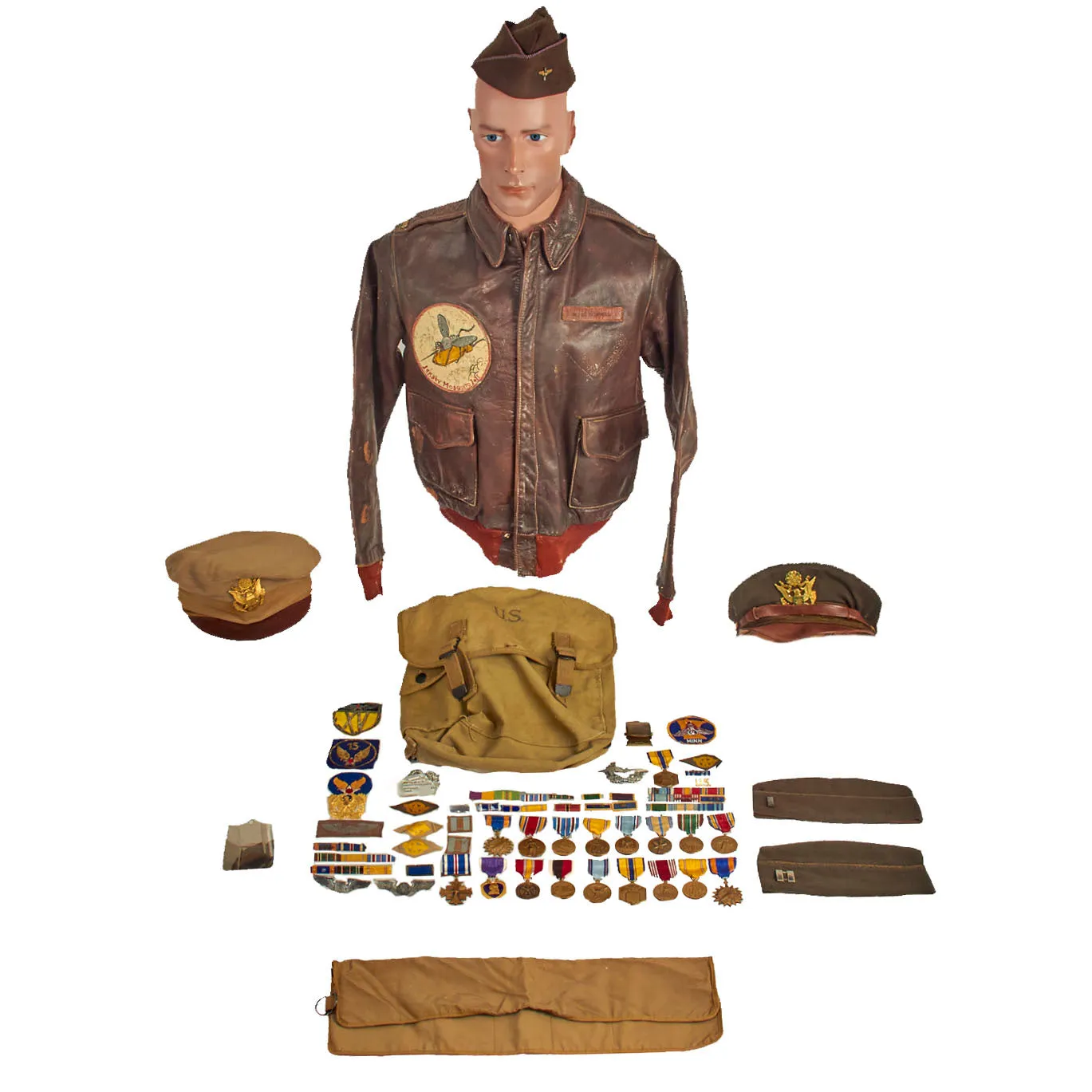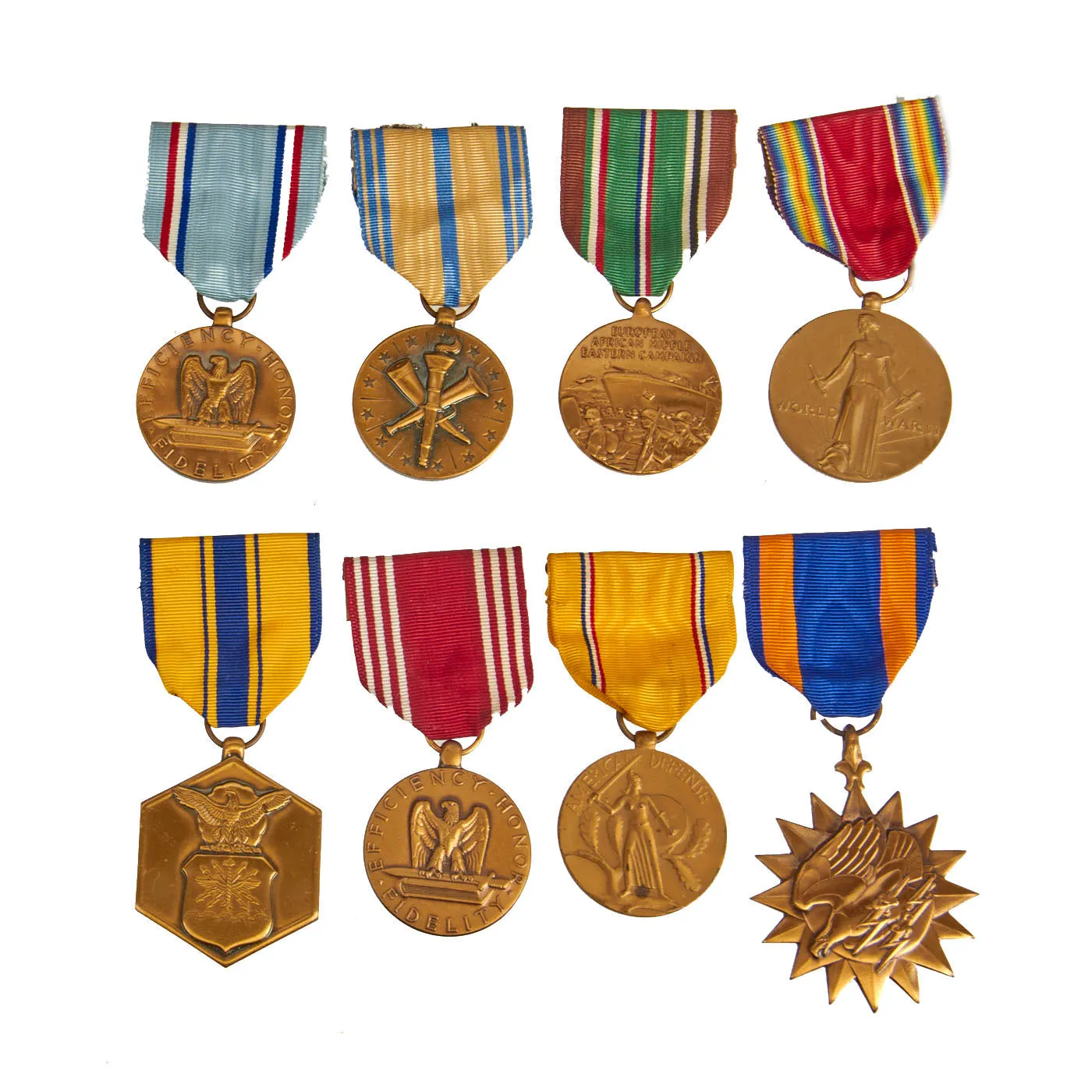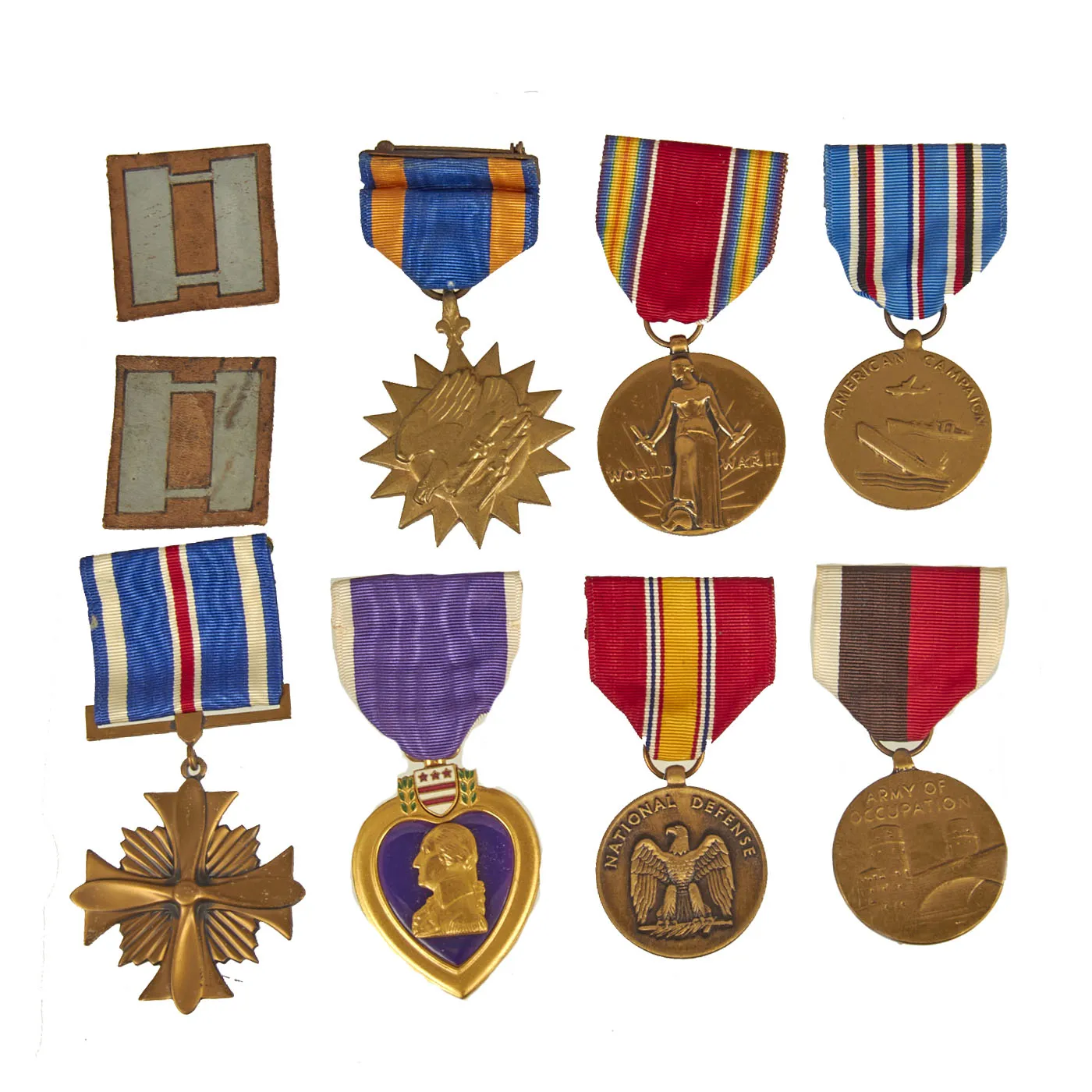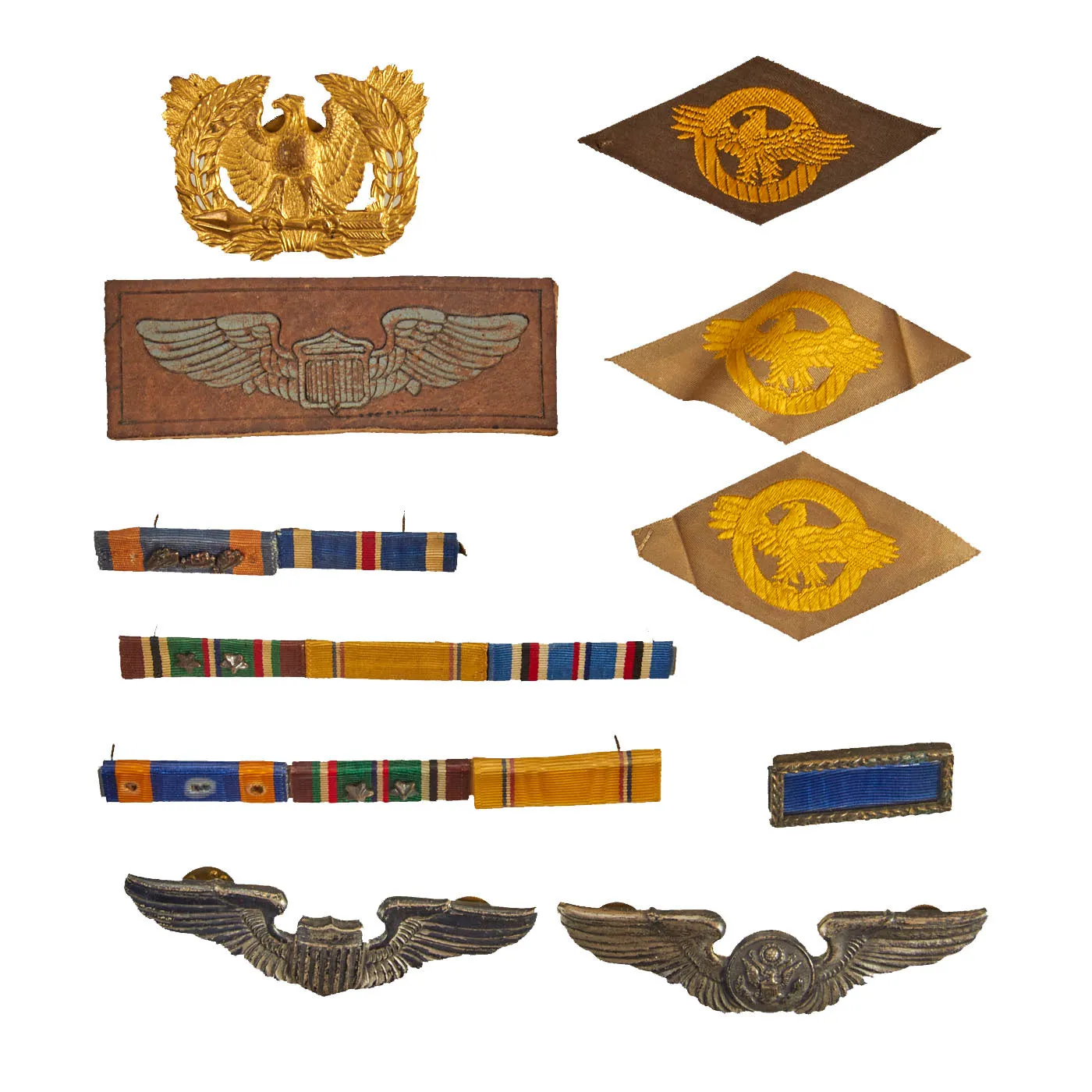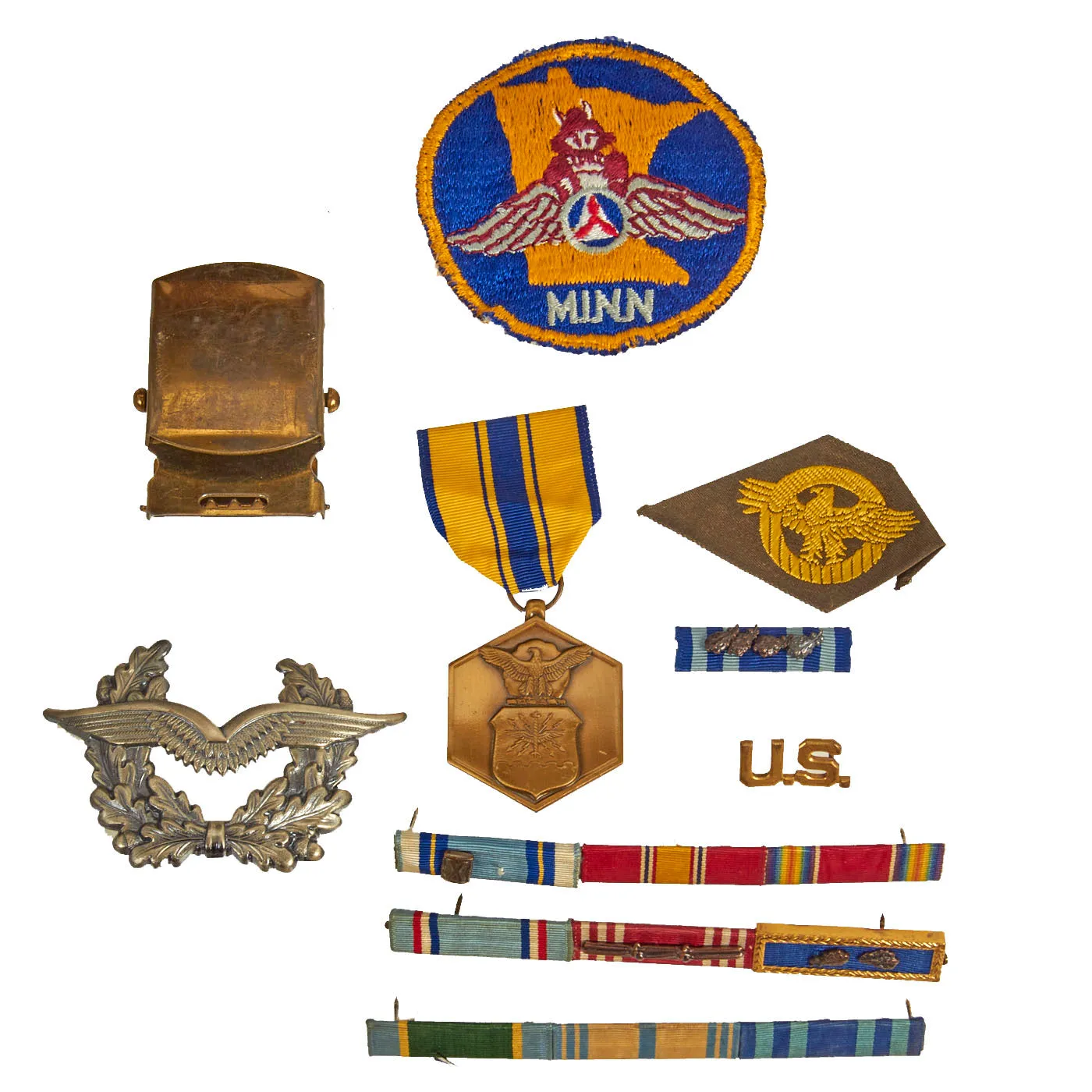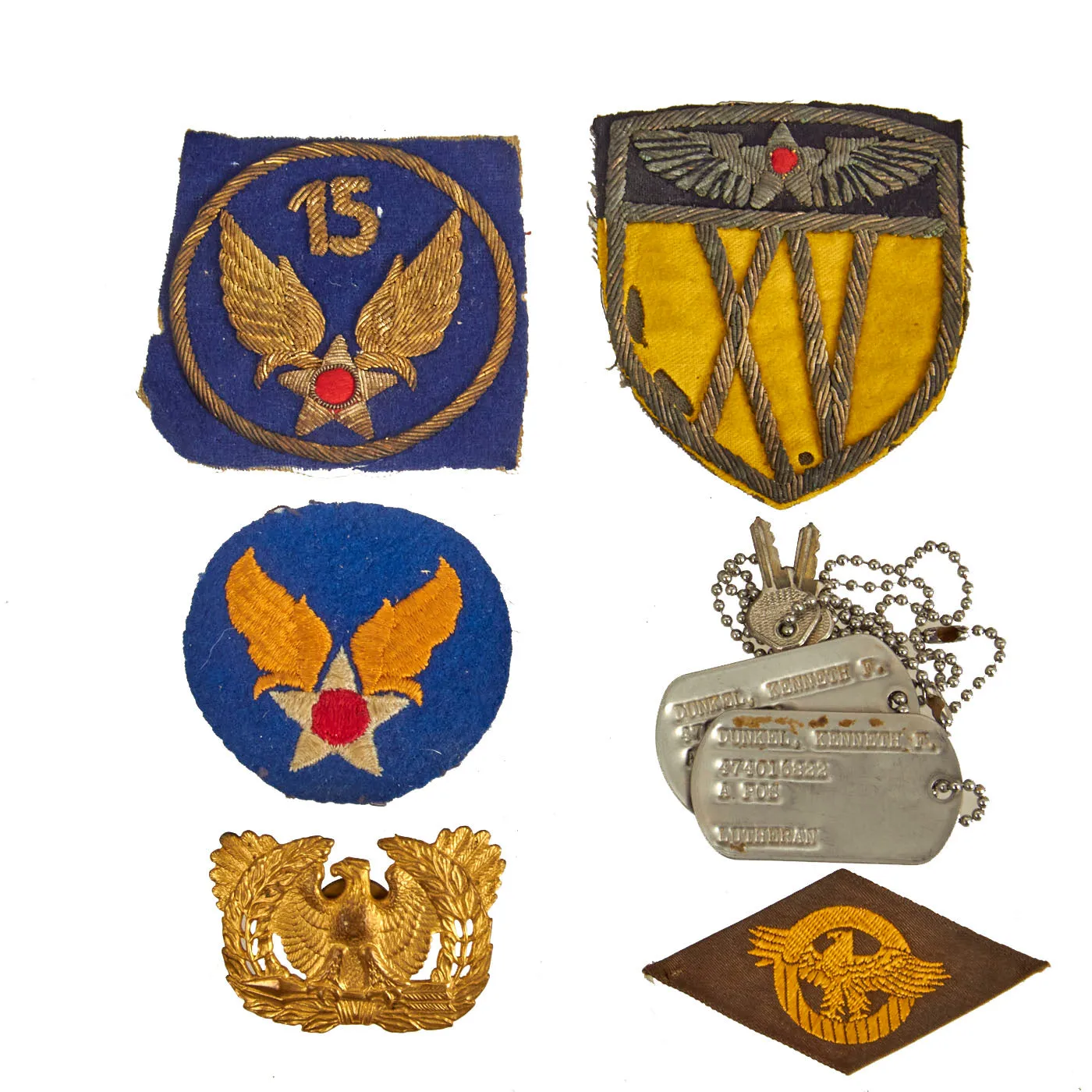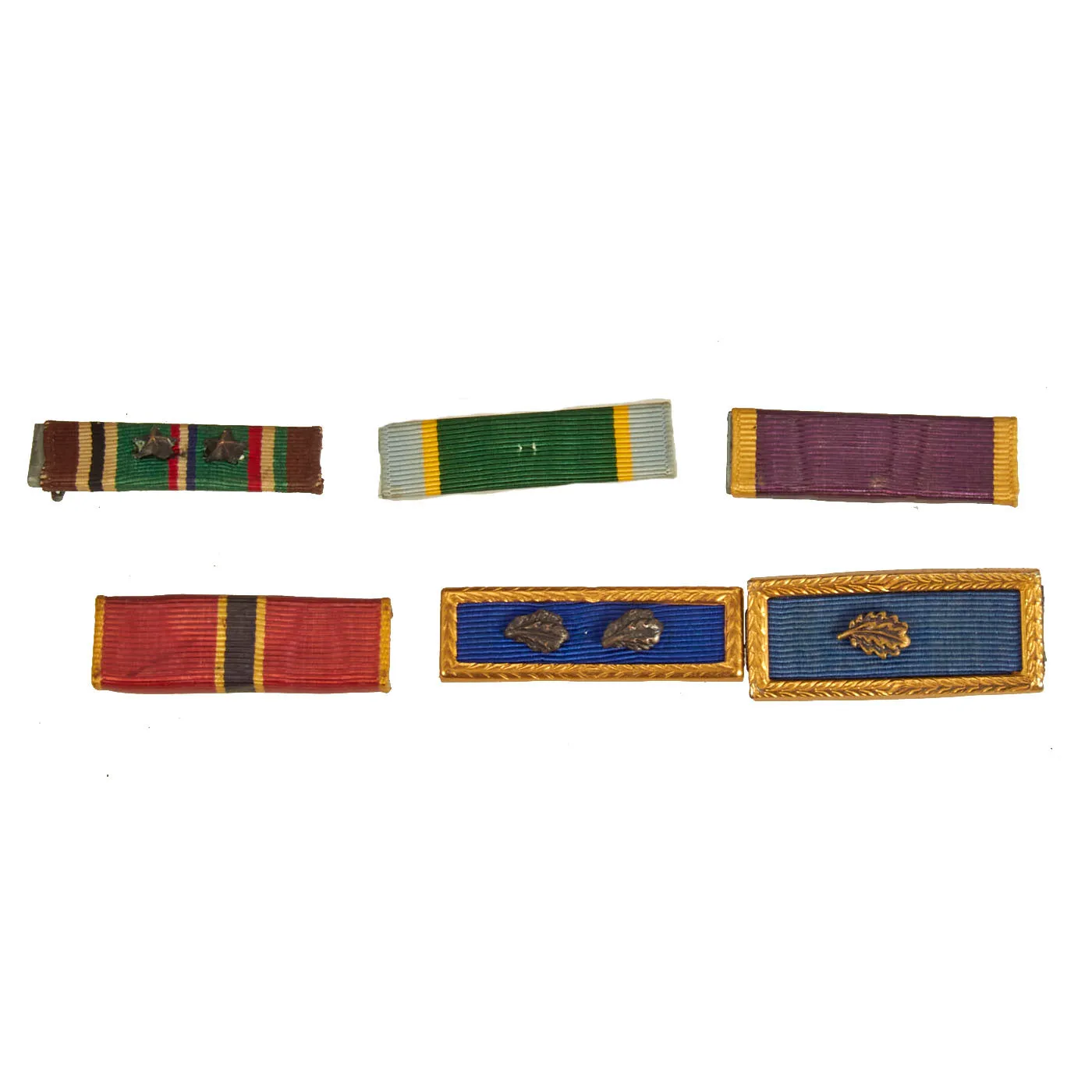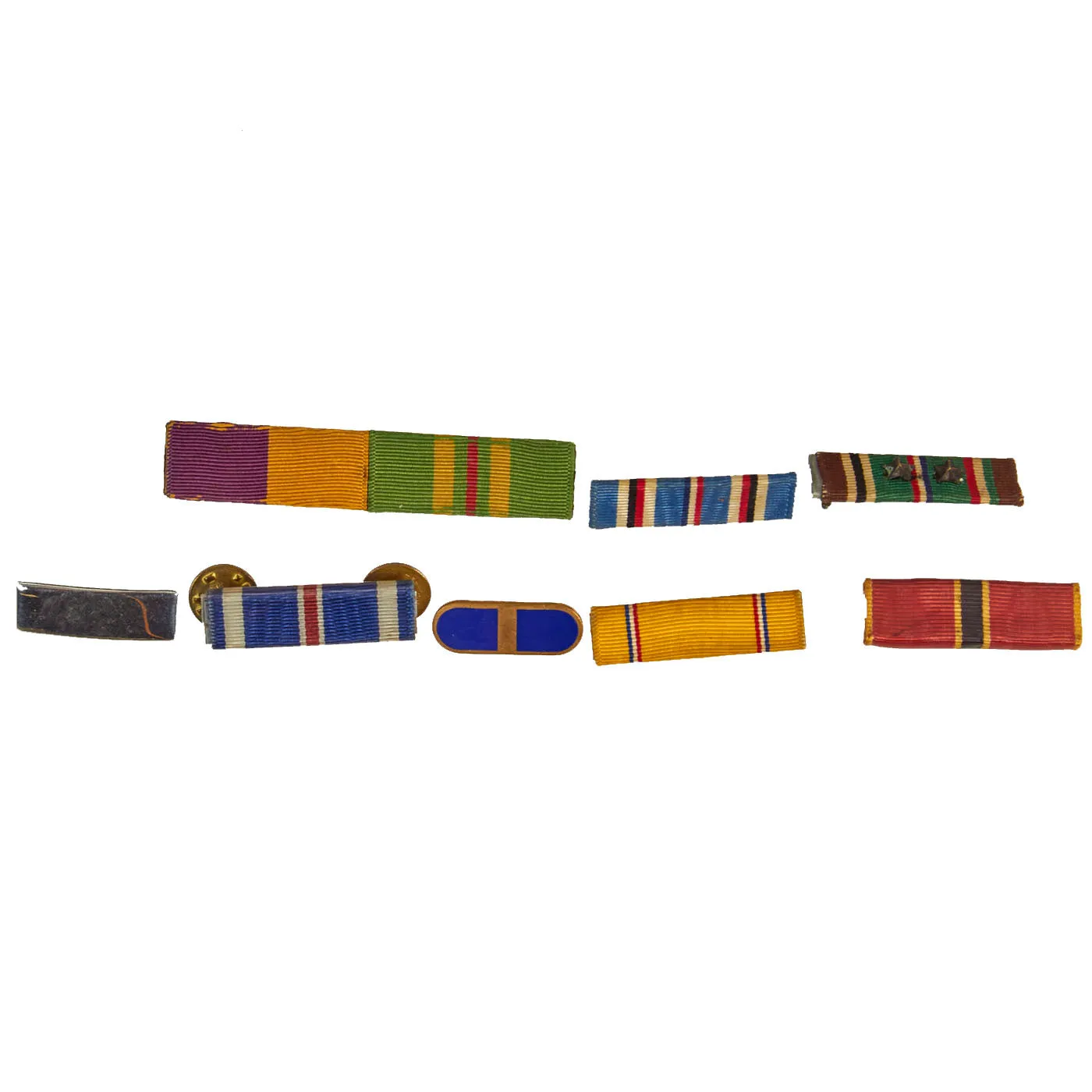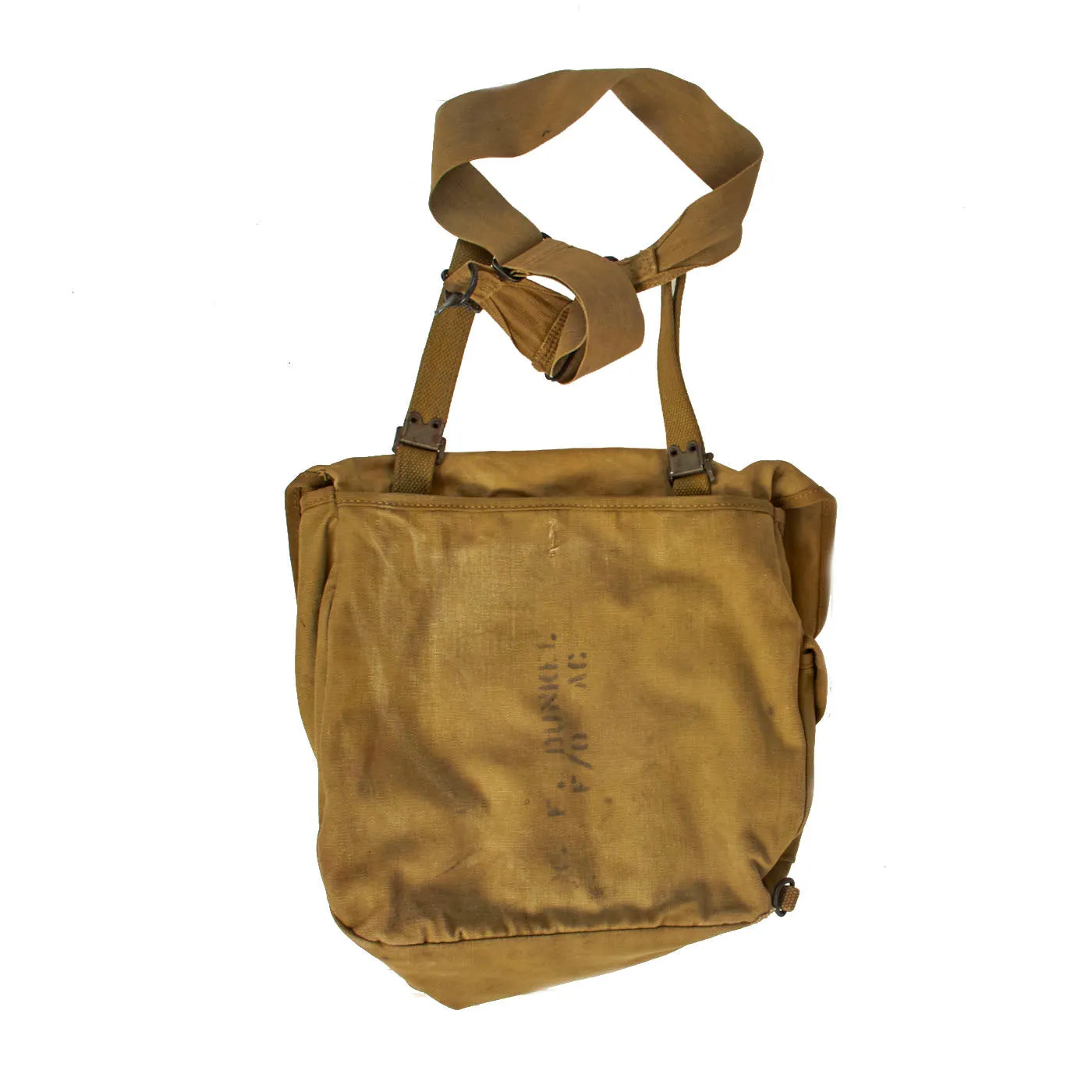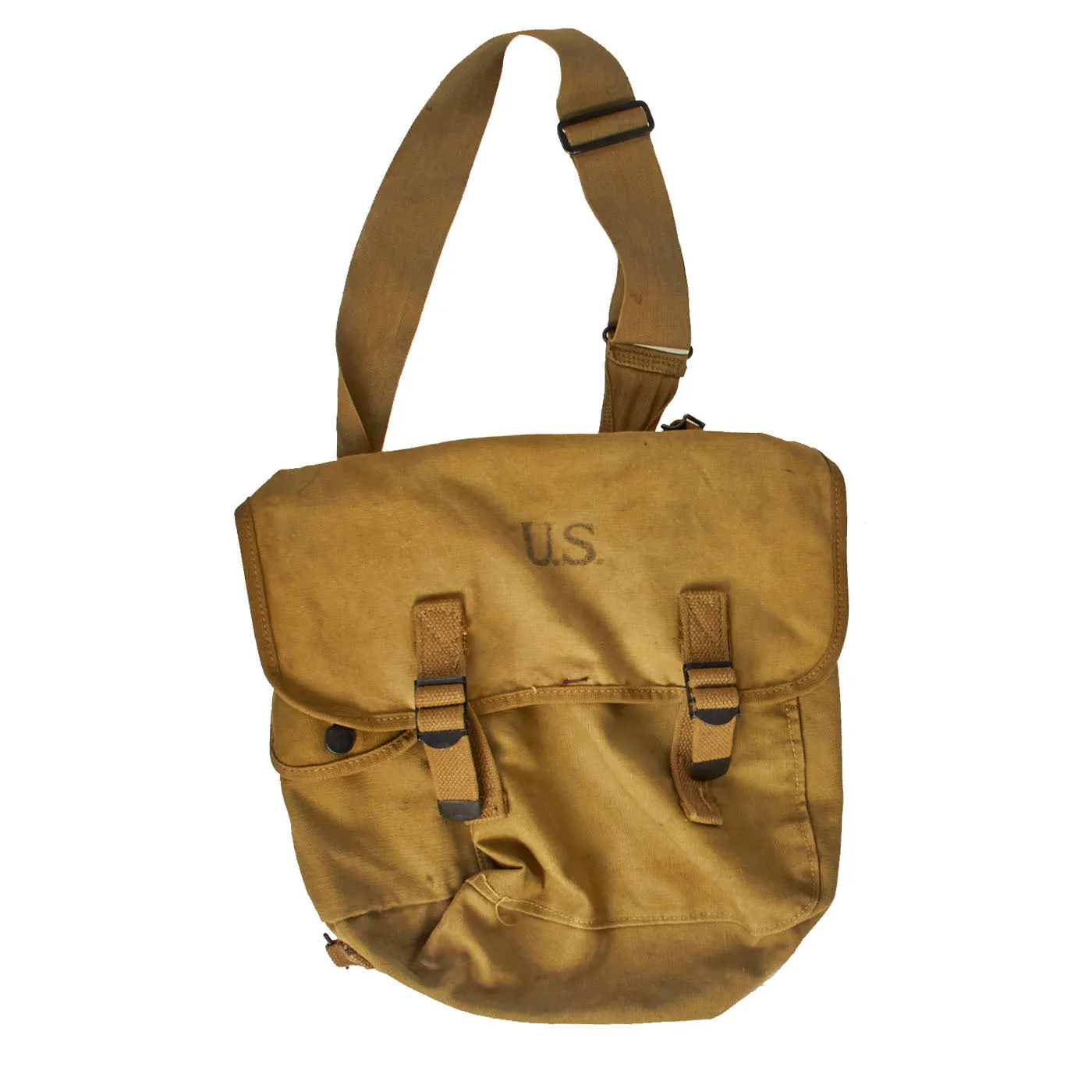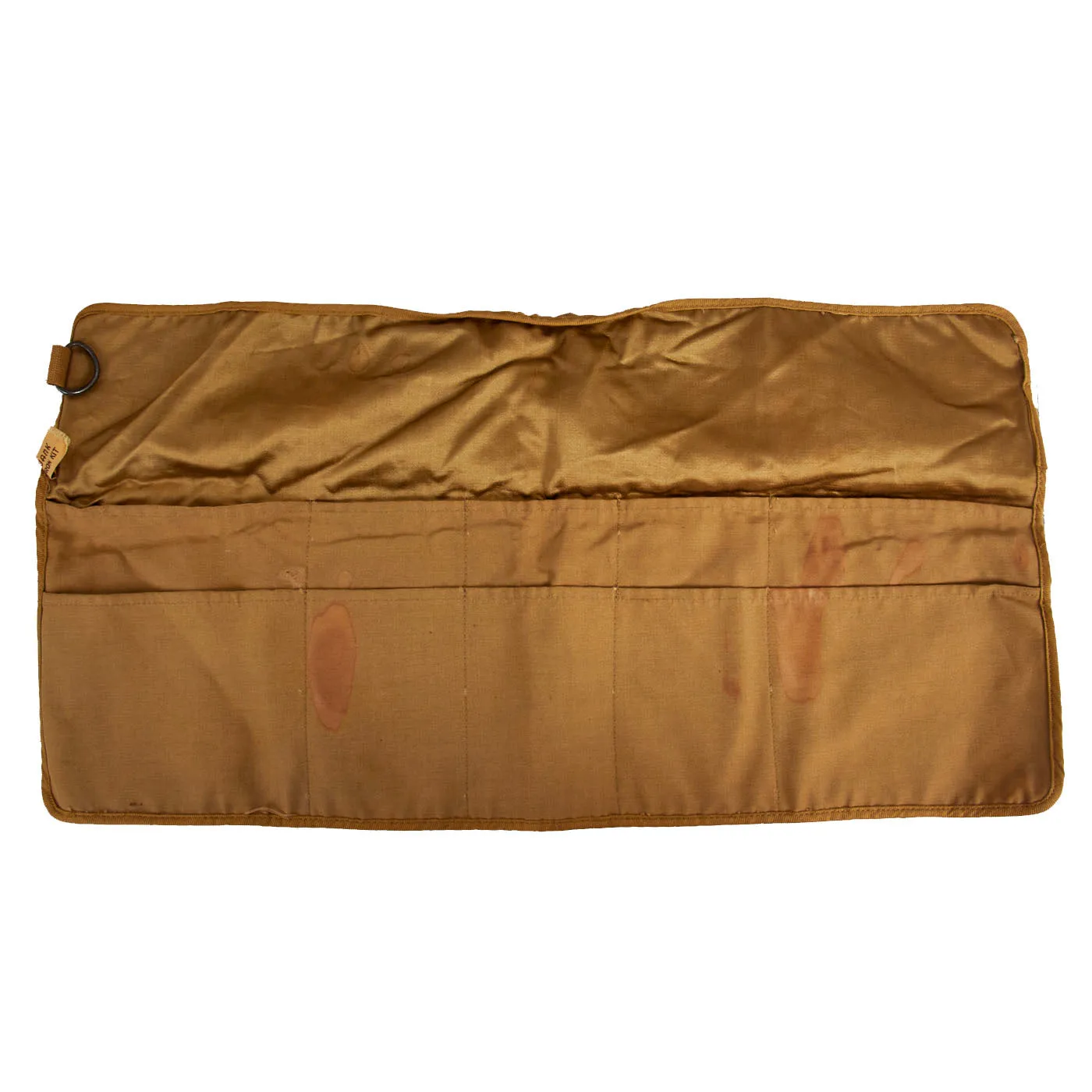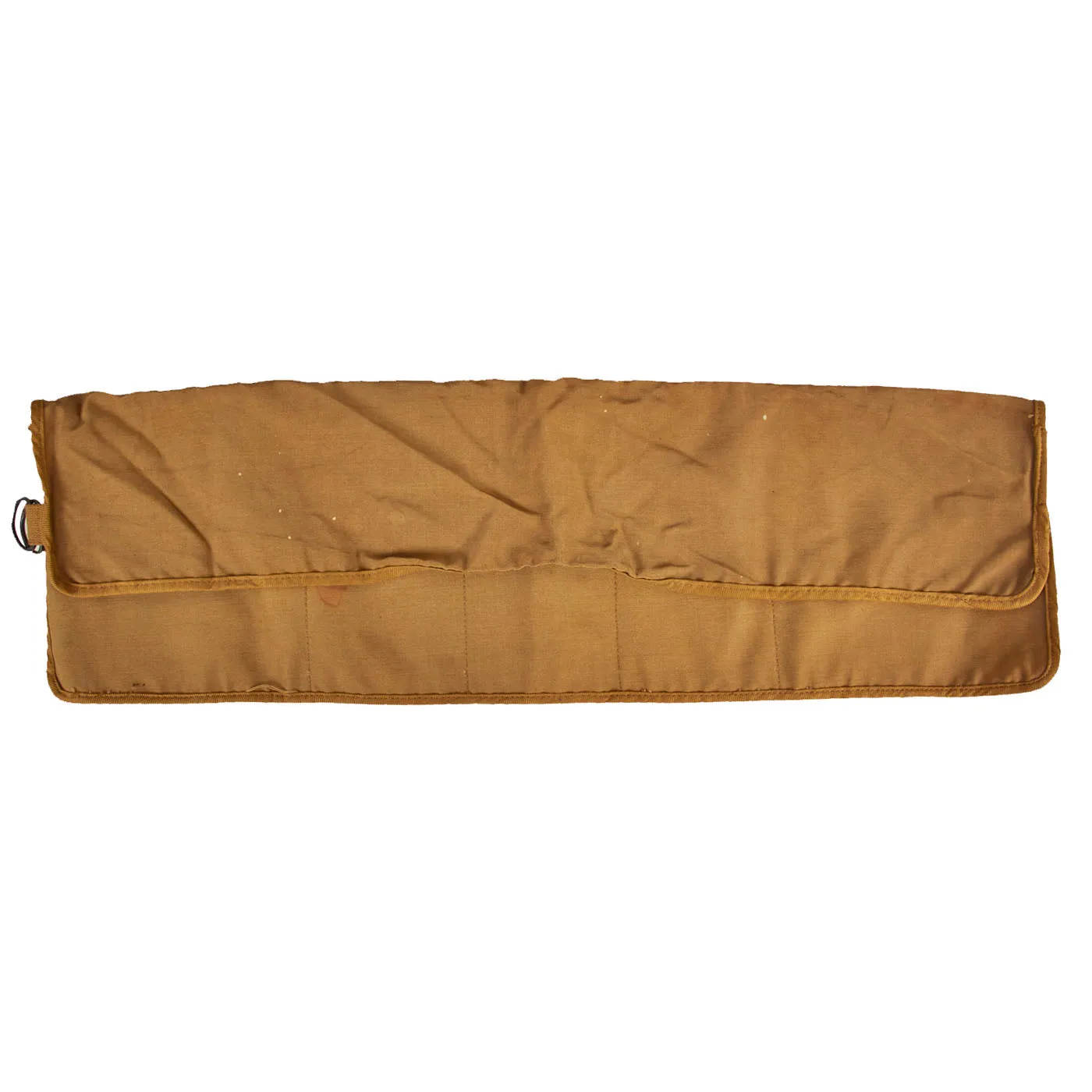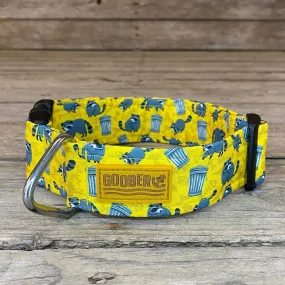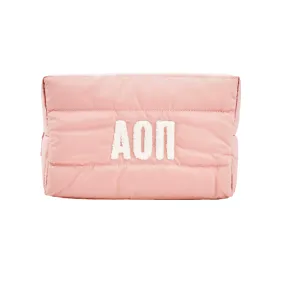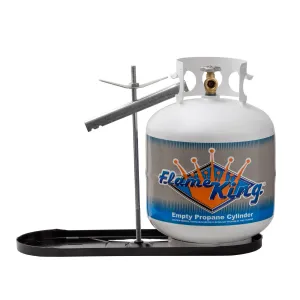Original Items: Only One Grouping Available. This is a wonderful and rather large grouping attributed to Lieutenant Kenneth F. Dunkel (ASN:0-1 695 483), a B-17 pilot with the 774th Bombardment Squadron, 463rd Bombardment Group of the 15th Air Force. Dunkel had completed 50 combat missions in the European Theater of Operations and on September 17, 1944, while awaiting return to the United States, he was struck by a British truck while playing football at Foggia, Italy. He was admitted to the 61st Station Hospital where an X-Ray revealed that he had sustained a compound fracture of the right radius and ulna. Unfortunately he would not recover enough to return back to the fight and he spent the remainder of the war convalescing and ensuring the proper care and treatment of the injuries he sustained.
The squadron was first activated as the 774th Bombardment Squadron at Geiger Field, Washington on 1 August 1943 as one of the four original squadrons of the 463d Bombardment Group. The 774th moved to Rapid City Army Air Base, South Dakota, where it received its initial cadre. On 1 September, the key personnel of the squadron and 463d Group moved to Orlando Army Air Base, where they participated in advanced tactical training with the Army Air Forces School of Applied Tactics. A model crew from the squadron moved to Montbrook Army Air Field to participate in simulated missions with a Boeing B-17 Flying Fortress. The cadre returned to Rapid City at the end of the month, where the ground echelon of the squadron was filled out and ground school began.
The squadron moved to MacDill Field, Florida, in November and began flight training with the Flying Fortress, although its air echelon was not fully manned until early December. On 2 February, the squadron's ground echelon departed Florida for the port of embarkation at Camp Patrick Henry, Virginia, for shipment to the Mediterranean Theater of Operations, while the air echelon ferried their B-17s via the southern ferry route.
The squadron arrived in Italy in March 1944 and flew its first combat mission from Celone Airfield on 30 March against an airfield at Imotski, Yugoslavia. It engaged primarily in the strategic bombing campaign against Germany. It attacked targets like marshalling yards, oil refineries and aircraft factories in Austria, Czechoslovakia, Germany, Greece, Romania and Yugoslavia.. The squadron was awarded a Distinguished Unit Citation (DUC) for a mission against oil refineries in Ploiesti, Romania, on 18 May 1944. Clouds that obscured the target resulted in Fifteenth Air Force recalling the mission, but the squadron and the rest of the 463d Group did not receive the recall message and was the only unit to continue on, causing major destruction to the target. Although crippled by intense fighter attacks, they also inflicted severe damage on the opposing air defenses. On 24 May 1945, the 463d Group led the 5th Bombardment Wing in an attack against a Daimler-Benz tank factory at Berlin, Germany. The squadron made a successful attack despite three separate attacks by enemy air defenses, including attacks by German jet fighters. This action earned the squadron its second DUC.
The squadron was occasionally diverted from its strategic mission to perform air support and air interdiction missions. In May and June 1944, it bombed bridges to support the campaign for the liberation of Rome. In August 1944, it struck bridges, gun positions and other targets to support Operation Dragoon, the invasion of southern France. It hit military airbases, bridges and other tactical targets to support partisan forces and the Red Army advance in the Balkans. During the last months of the war the squadron operated primarily to support Operation Grapeshot, the spring 1945 offensive in Northern Italy.
The squadron flew its final combat mission on 26 April 1945. After V-E Day the squadron transported personnel (primarily soldiers of Fifth Army) from Italy to Casablanca for return to the United States. By early September, the unit had been substantially reduced by transfers to other units and returns of personnel to the United States and it was inactivated in Italy with the end of Project Green in September 1945.
The Items In This Grouping:
- A2 Flight Jacket: Type A-2 flight jacket in very good condition in a medium size US 36. The leather is still supple with minor cracking or damage. The lining is original as are the cuffs and waistband. The zipper is marked on the slider and handle with CROWN, a known maker of quality zippers. The original data tag is still present and states the jacket as being produced by Aero Leather of Beacon NY.
The most notable aspect of this jacket is the hand painted artwork. The front bears a lovely hand painted leather patch which is of a metal mosquito wearing a flight helmet riding on top of a large bomb, below the mosquito is Jersey Mosquito I II. This in reference to the Millville Army Airfield located in Millville, New Jersey, which was a training airfield for Army Air Force pilots during WWII. The left side has a lovely leather name tag which reads as K. F. DUNKEL. The inside lining has F.O. DUNKEL stamped into it.
Other Items Include:
- 18 Replacement Medals: Due to not being able to locate a service record for Dunkel, we are unsure as to the awards he had earned. These medals and ribbons came with the grouping and all appear as extreme post war replacements added for display purposes.
- 7 Ribbon Bars and 11 Loose Ribbons: As stated earlier, all awards came with the grouping and we are not sure as to what he was entitled to. Unlike the medals, the ribbons are all period original.
- 7 Patches: The patches are all in lovely condition with some moth nips present on the bullion examples. Other examples include leather Captains bars and a leather set of pilot wings.
- 4 Uniform Devices: The devices are an Air Crewman pin as well as a Pilot Pin. The other 2 are a Post War East German visor badge and a Warrant Officers cap badge.
- Dog Tags: The tags appear to be a Post War replacement set.
- 2 Peaked Visors: The crusher caps are in lovely condition with one being clearly named to Ken Dunkel.
- 3 Garrison Caps: The caps are in good condition but does have moth nips on all 3.
There are other smaller odds and ends that were included in the grouping including copies of the hospital reports from when he was injured.
This is a lovely grouping and it comes more than ready for further research and display!
Approximate Measurements:
Collar to shoulder: 9.5”
Shoulder to sleeve: 26”
Shoulder to shoulder: 15.5”
Chest width: 20”
Waist width: 20”
Hip width: 17.5”
Front length: 26.5"




